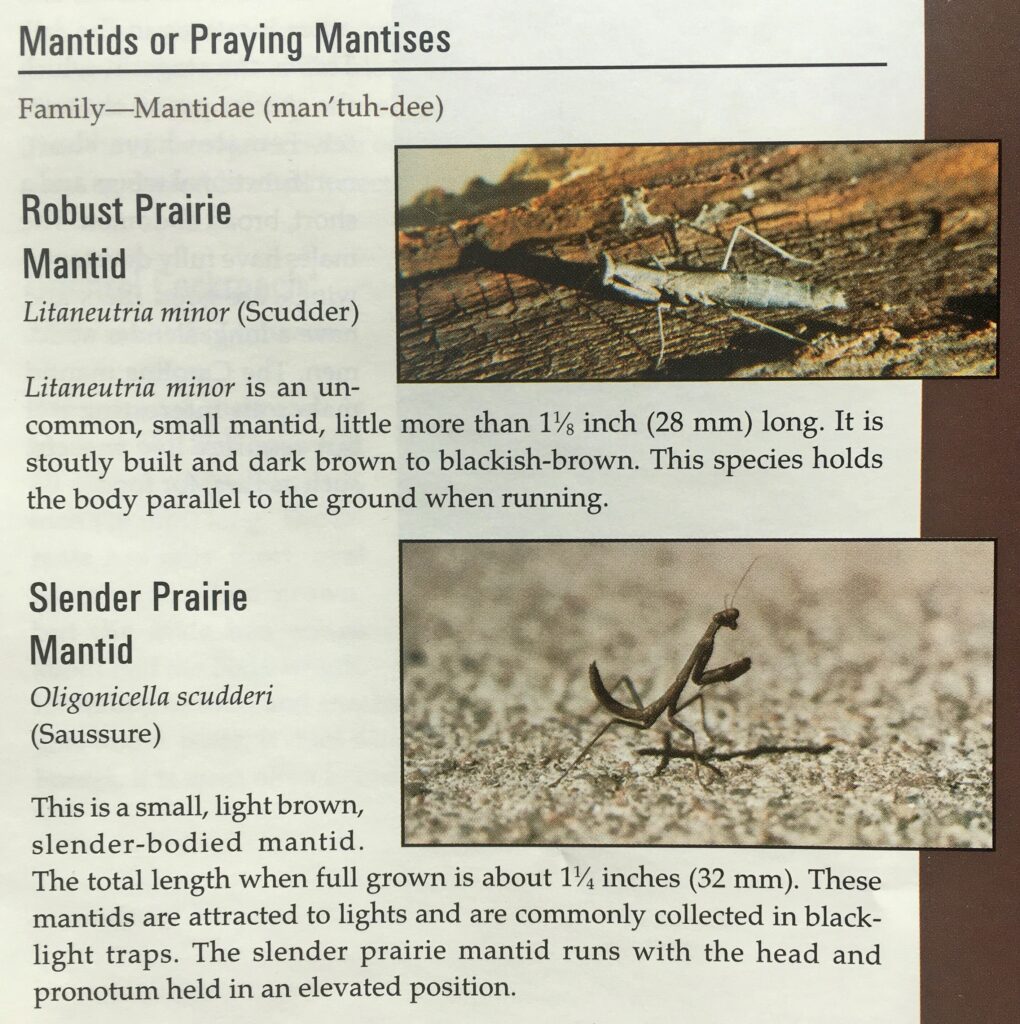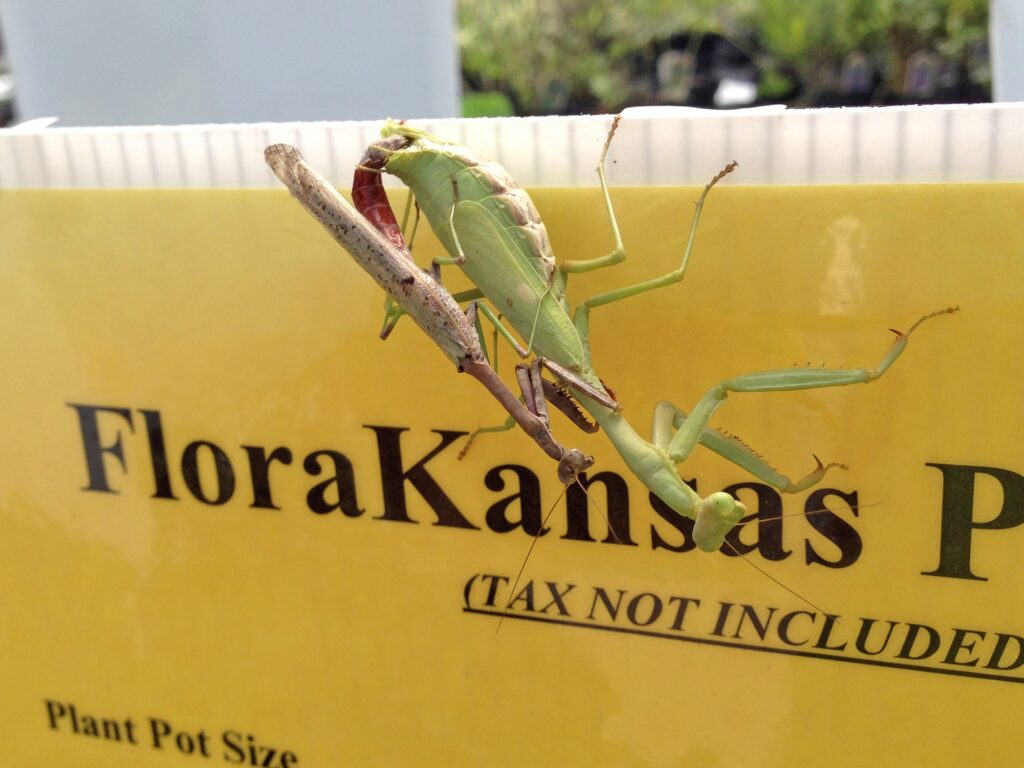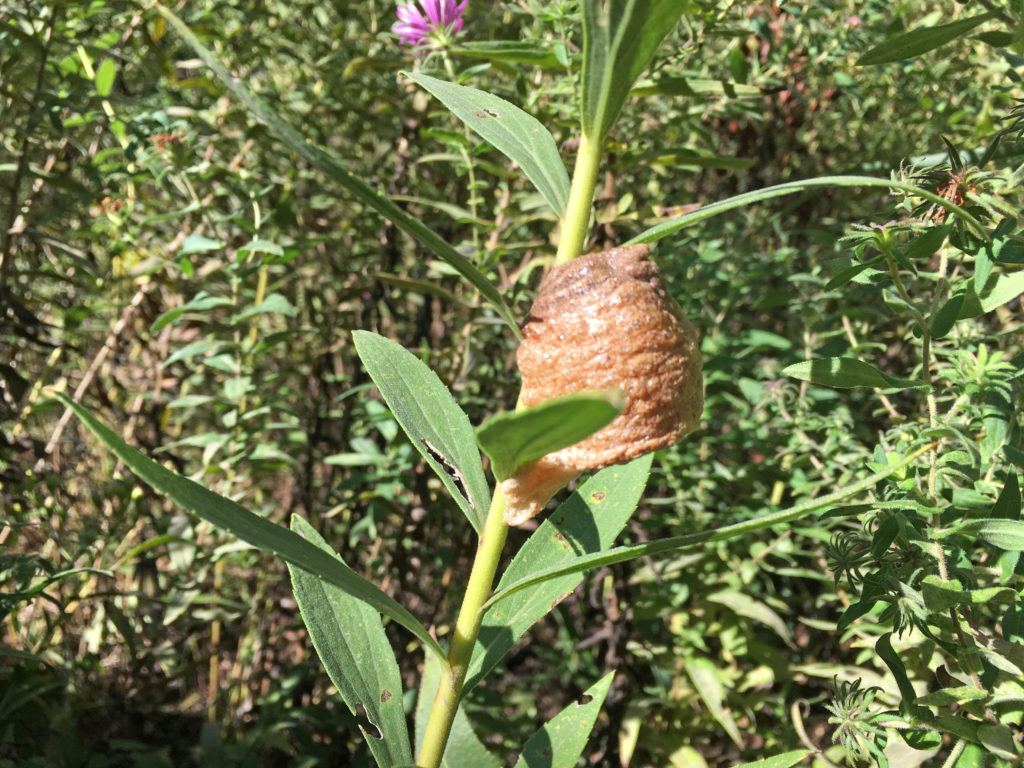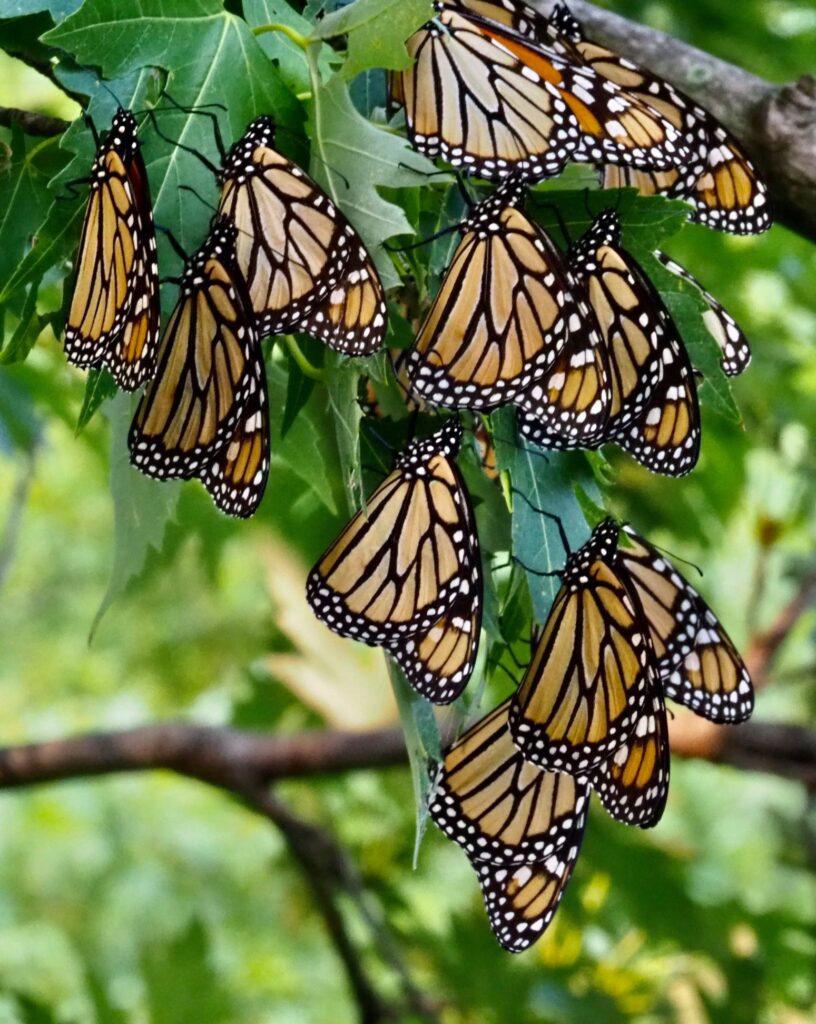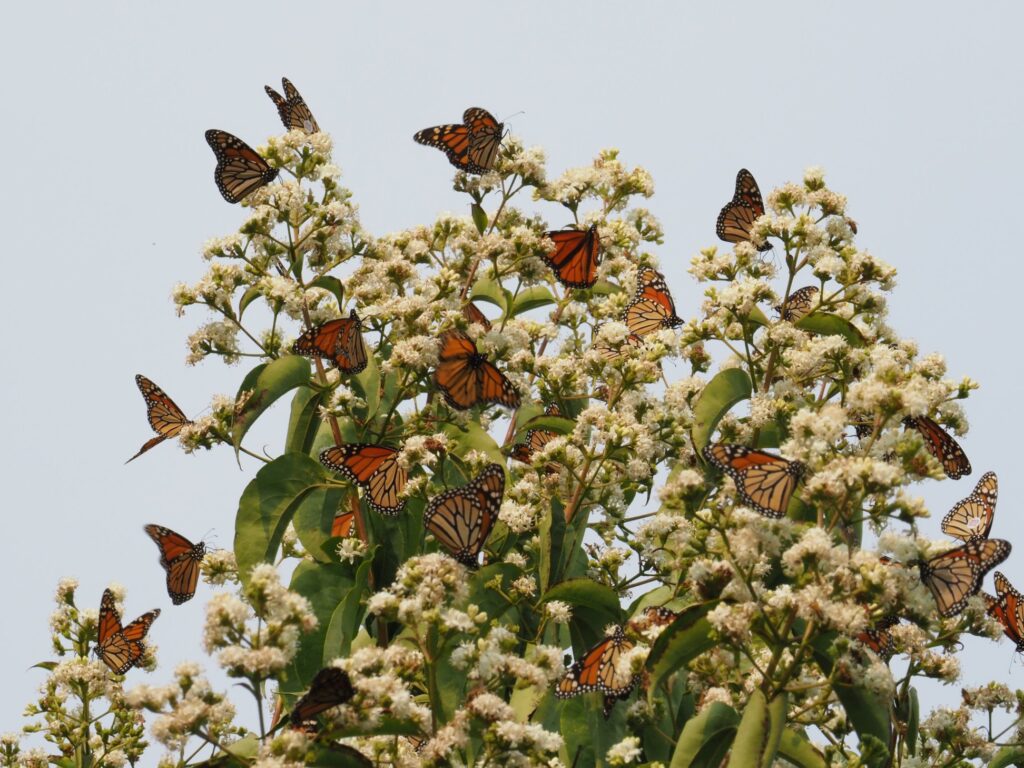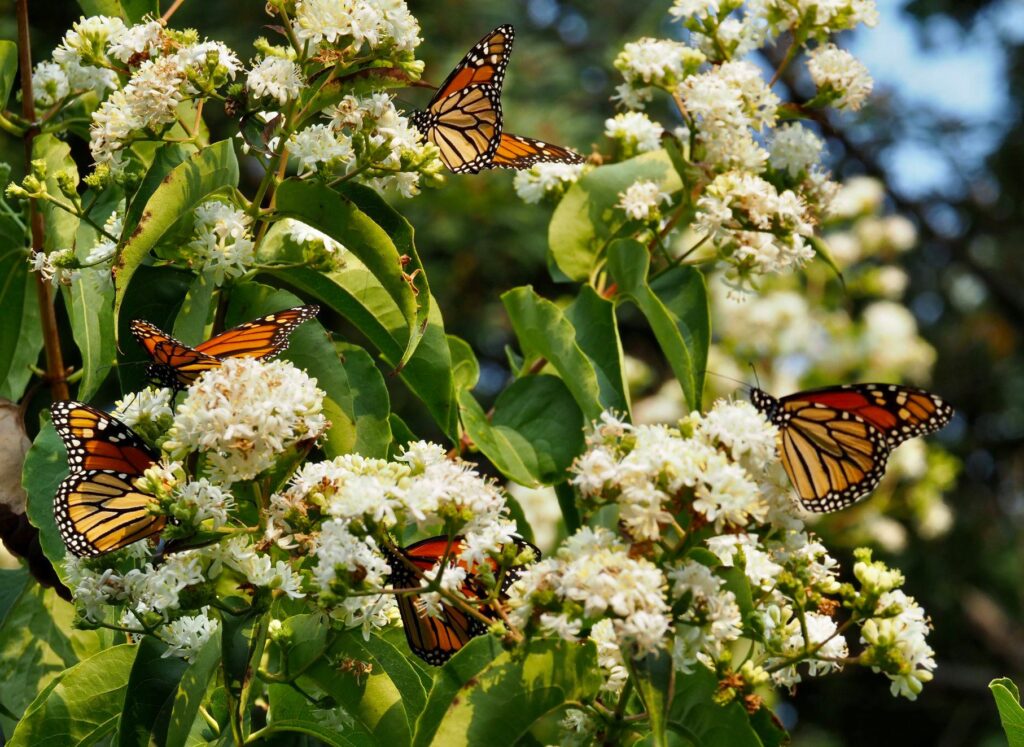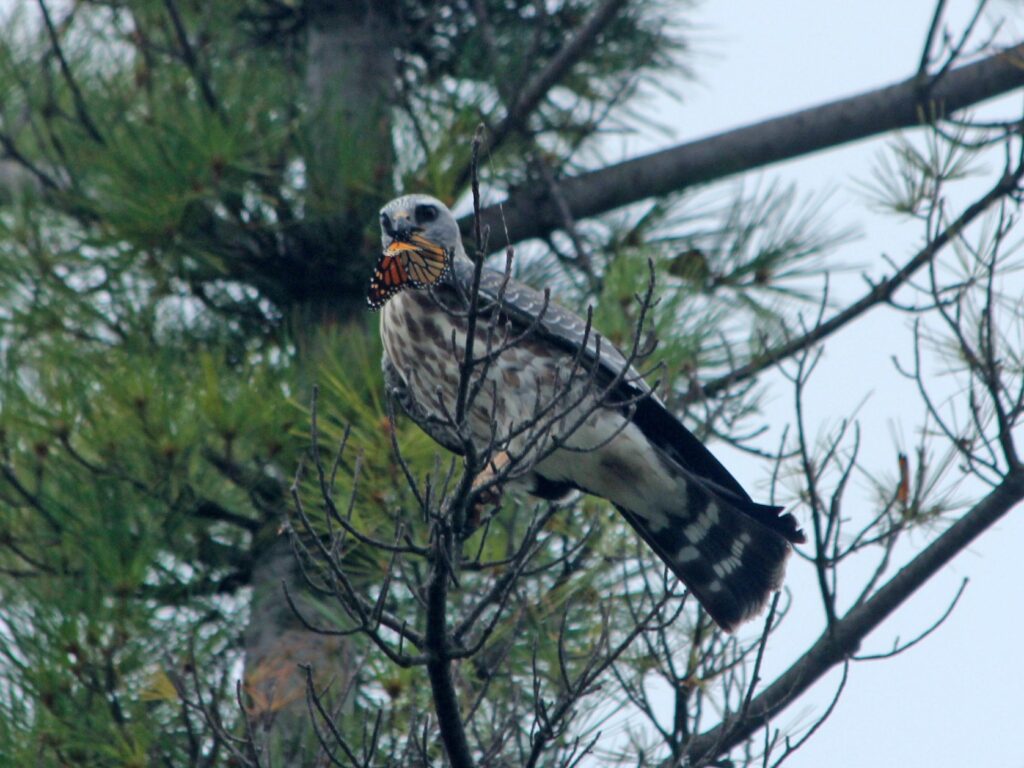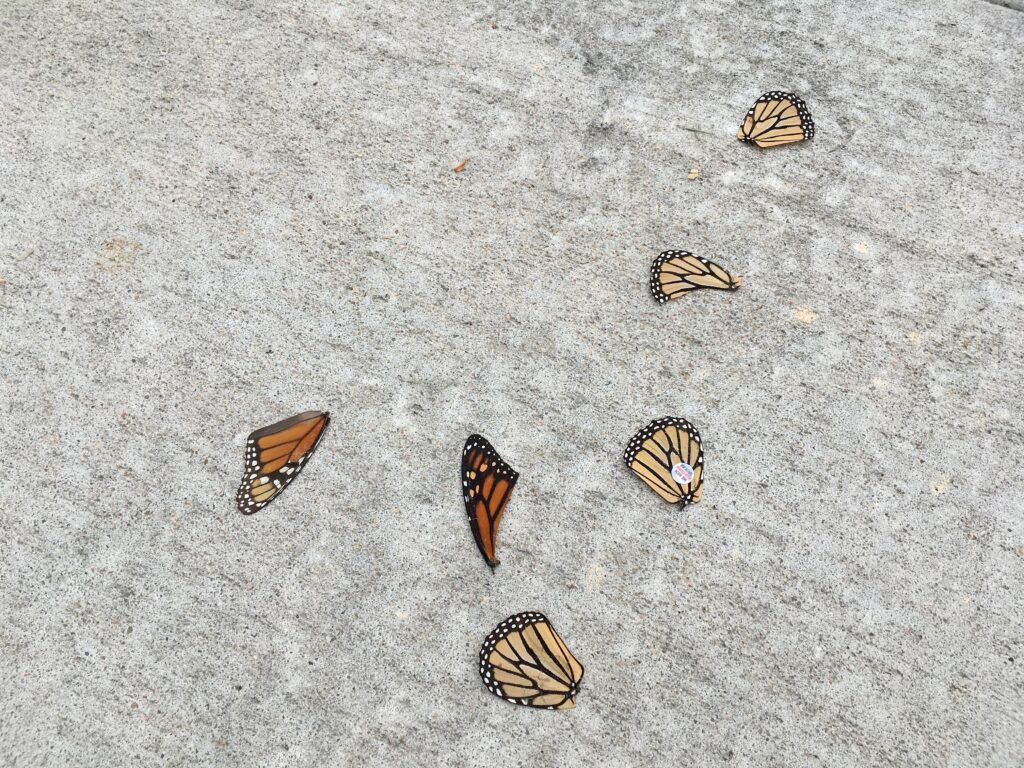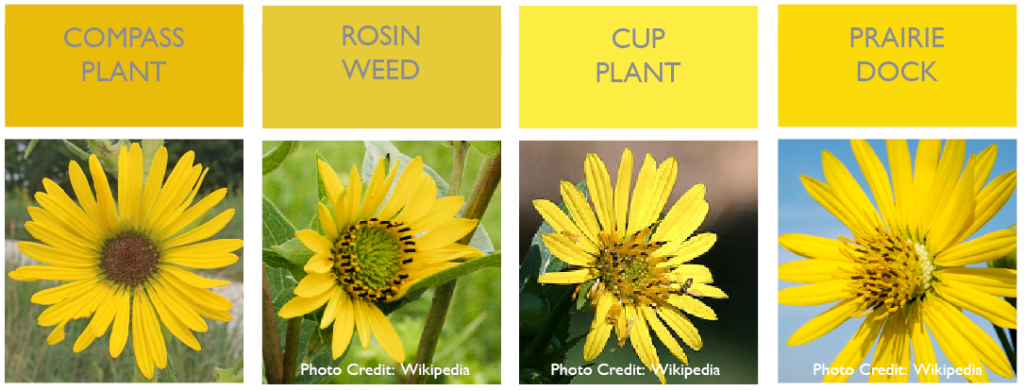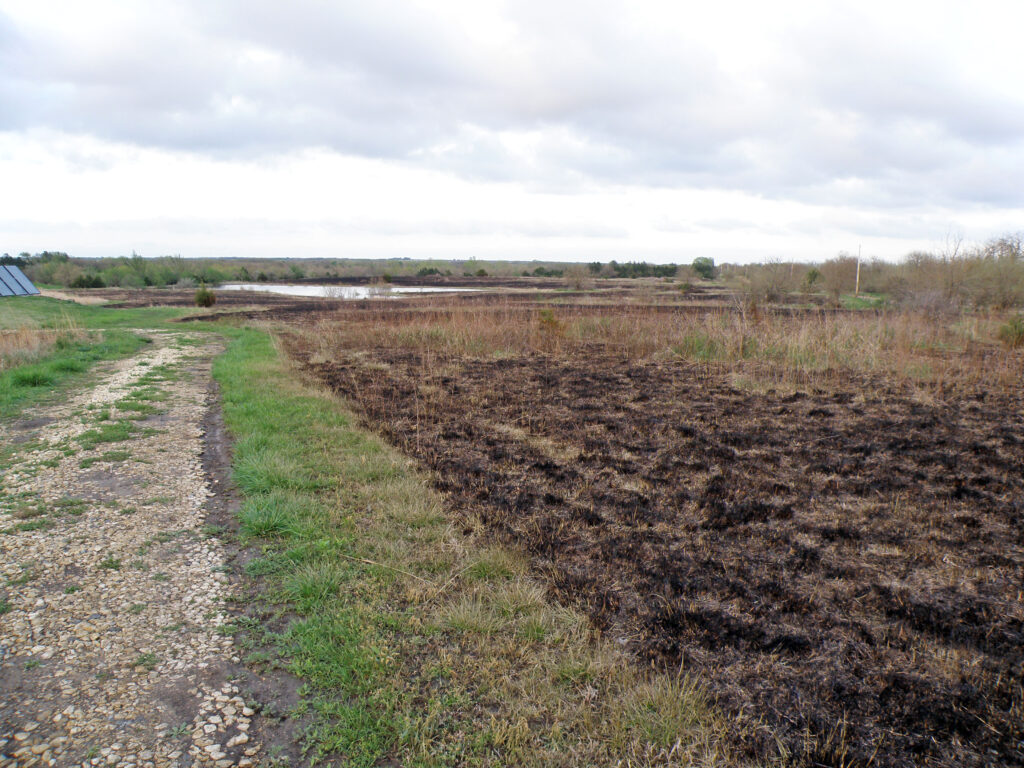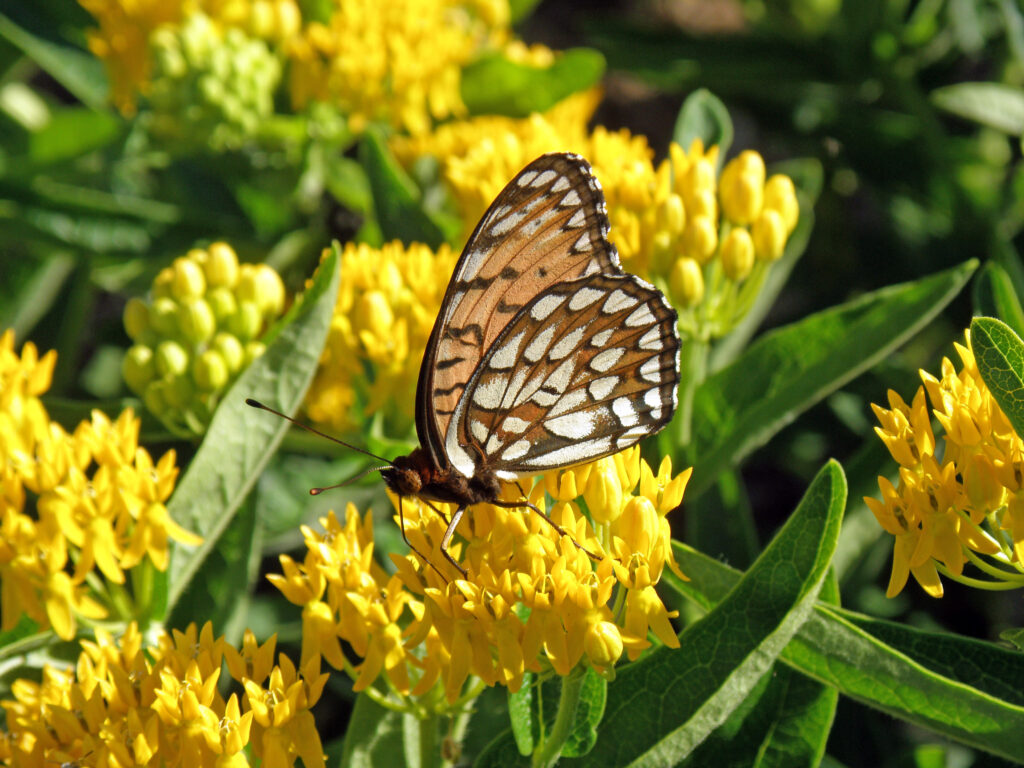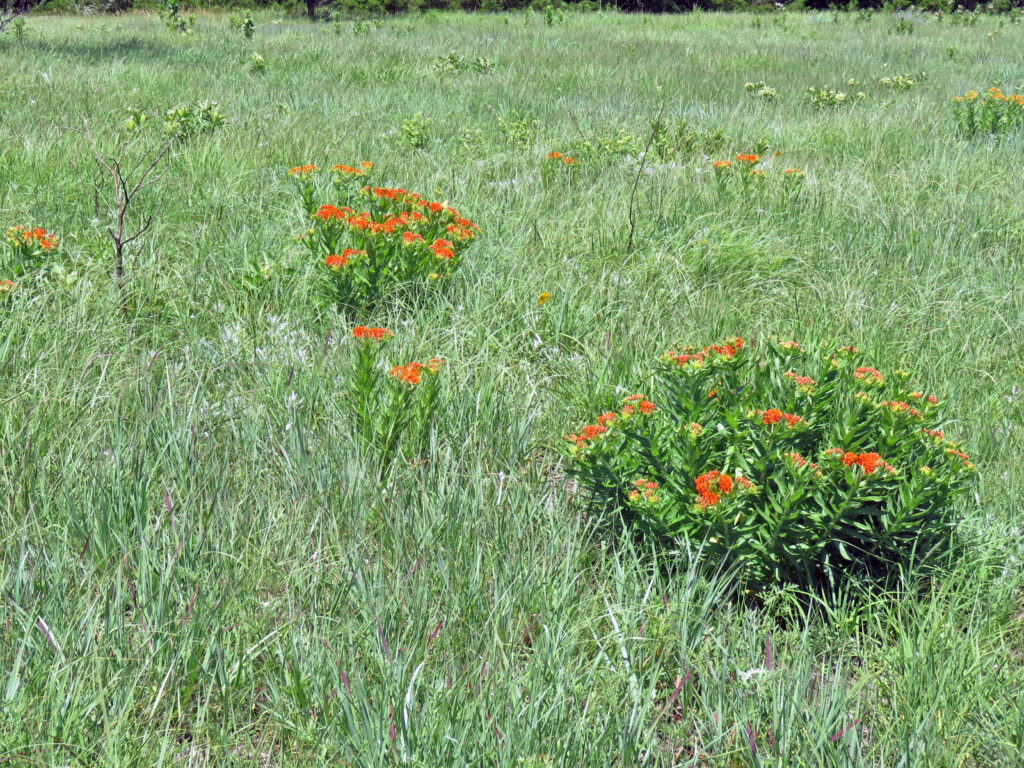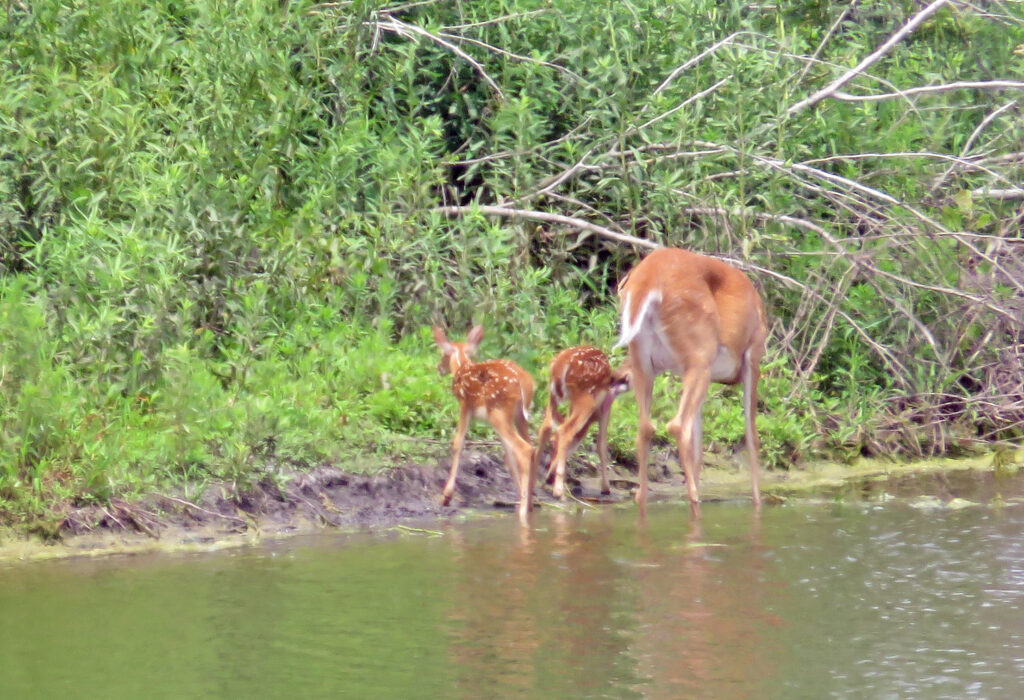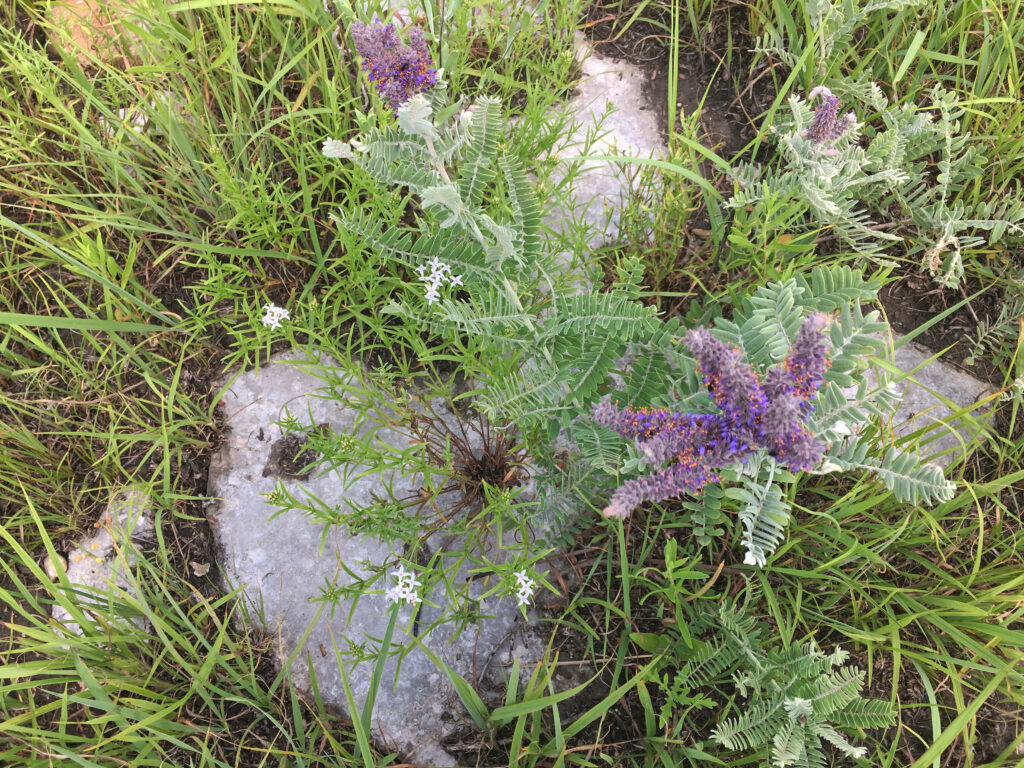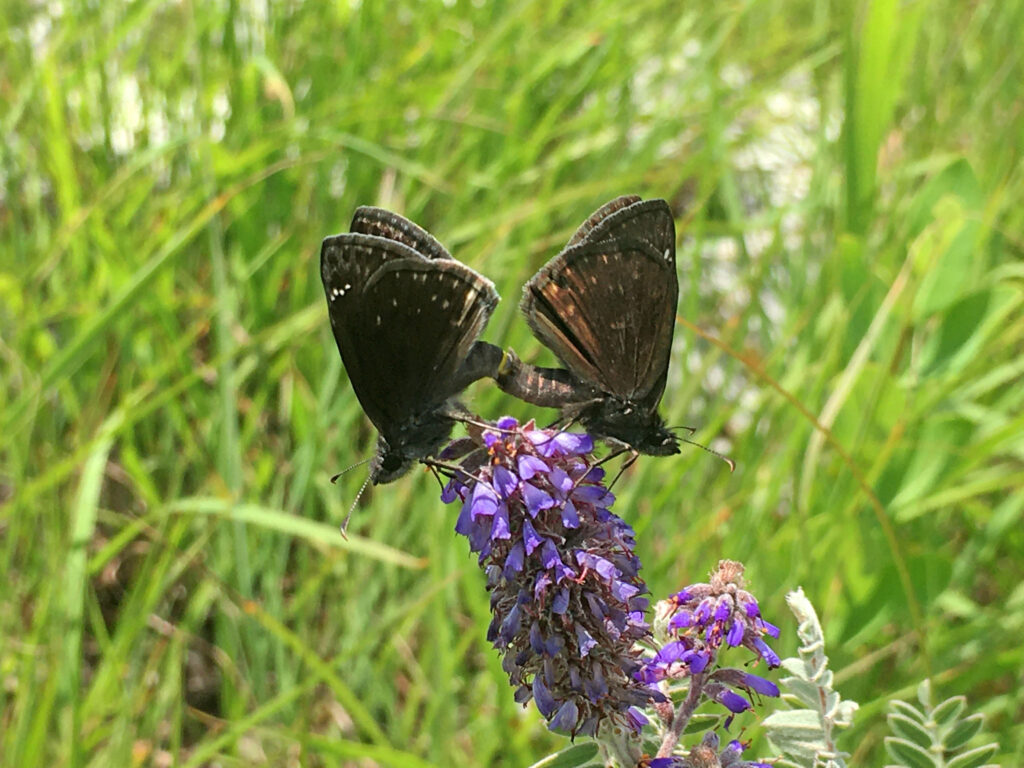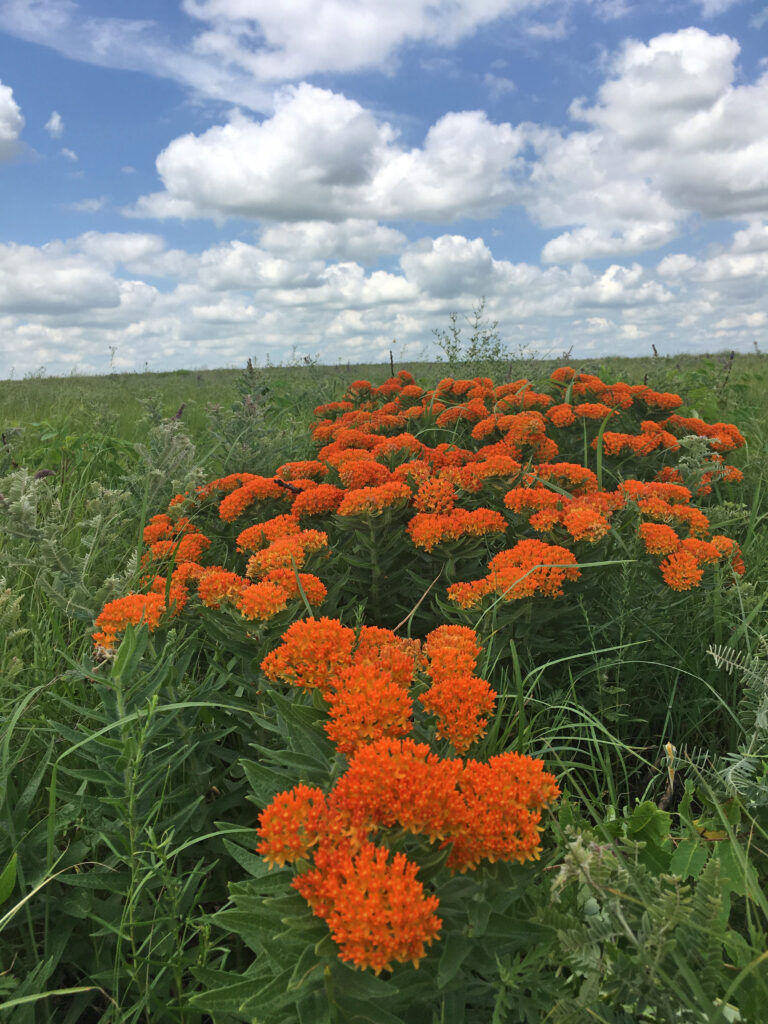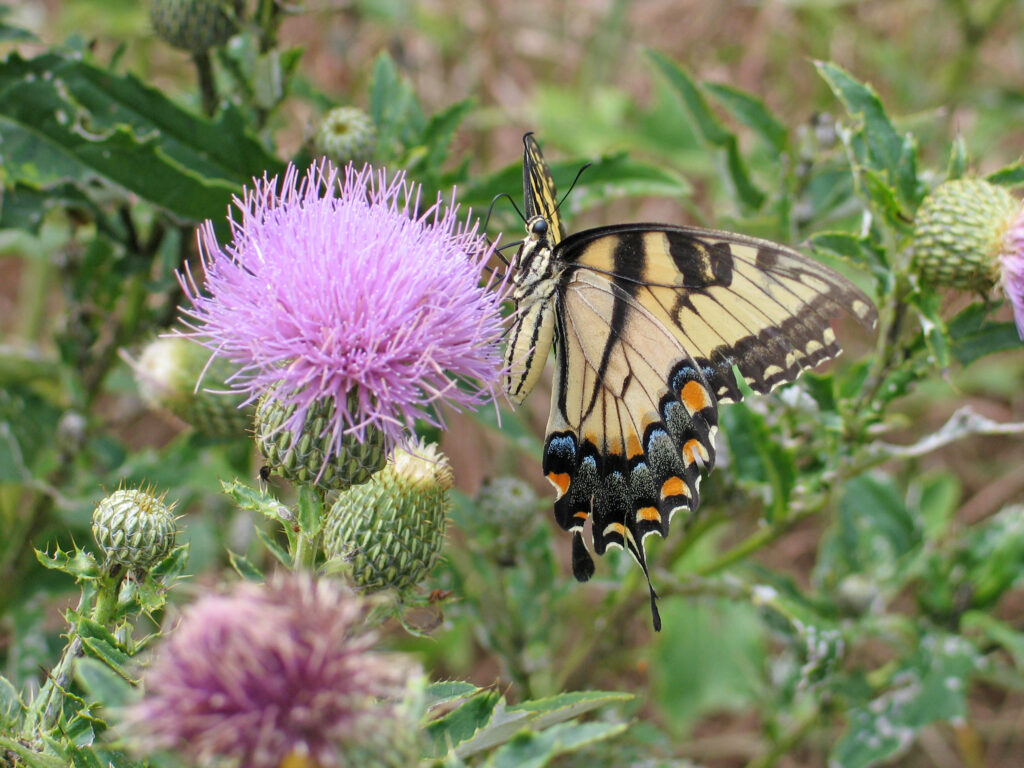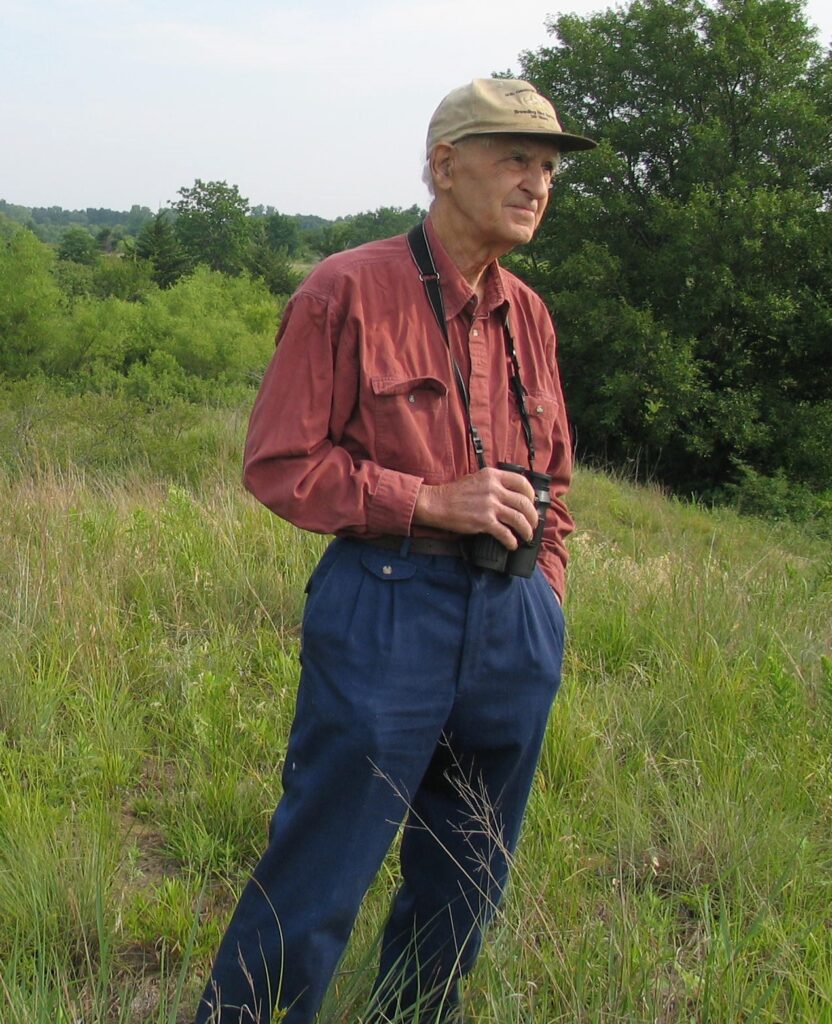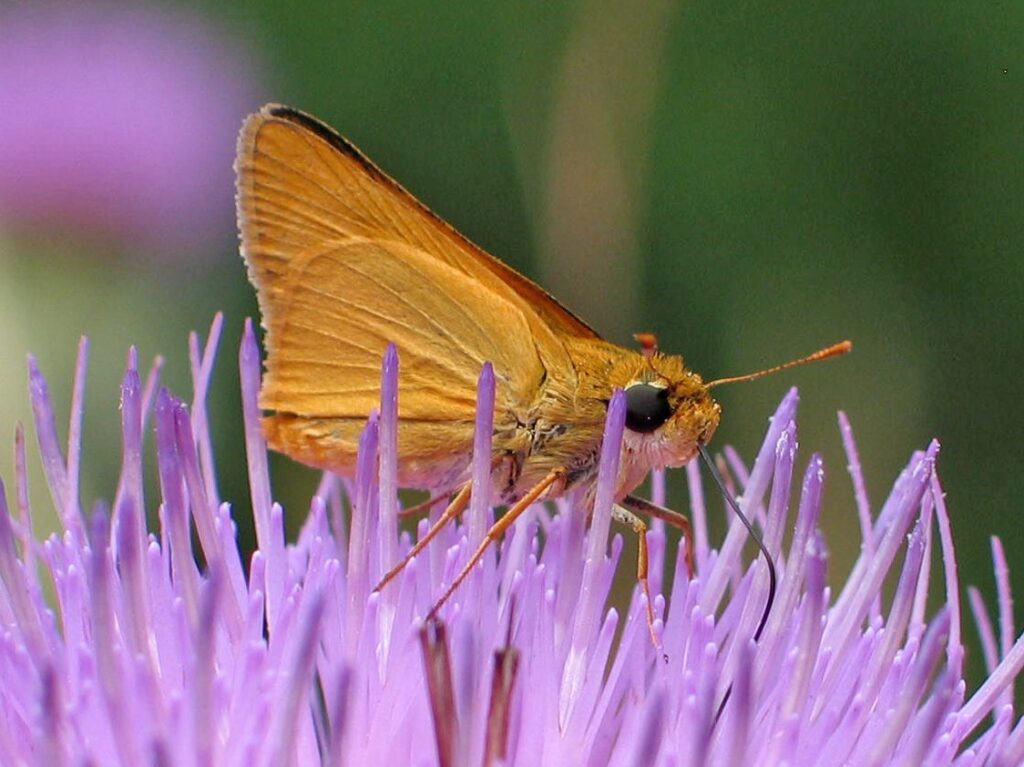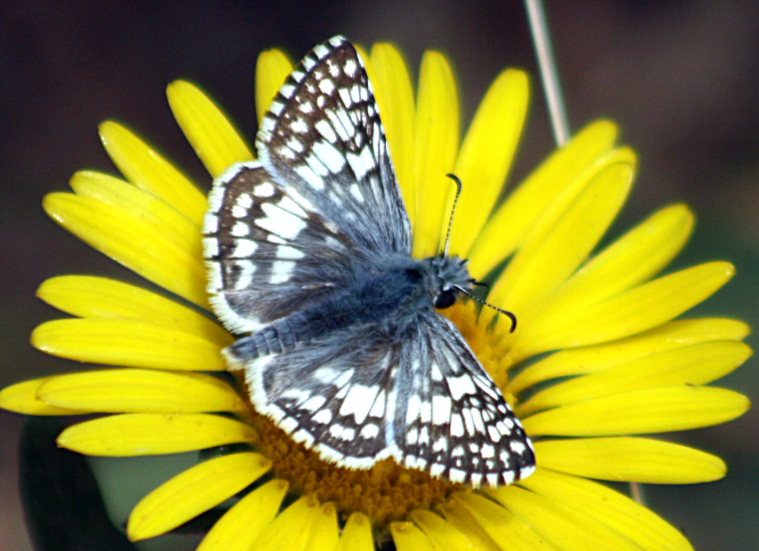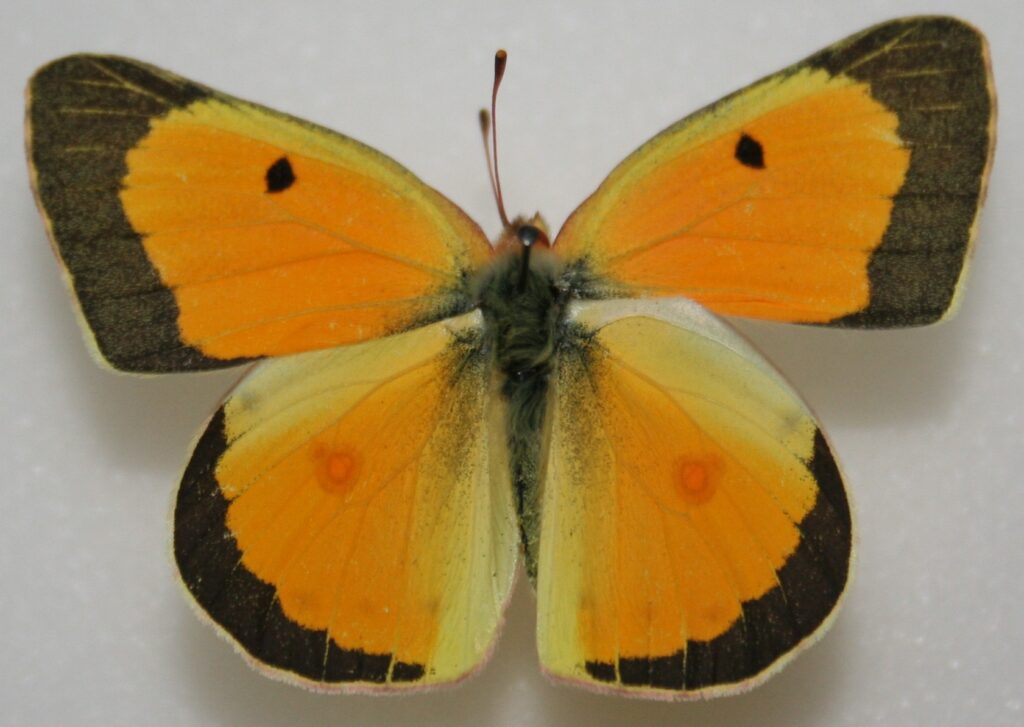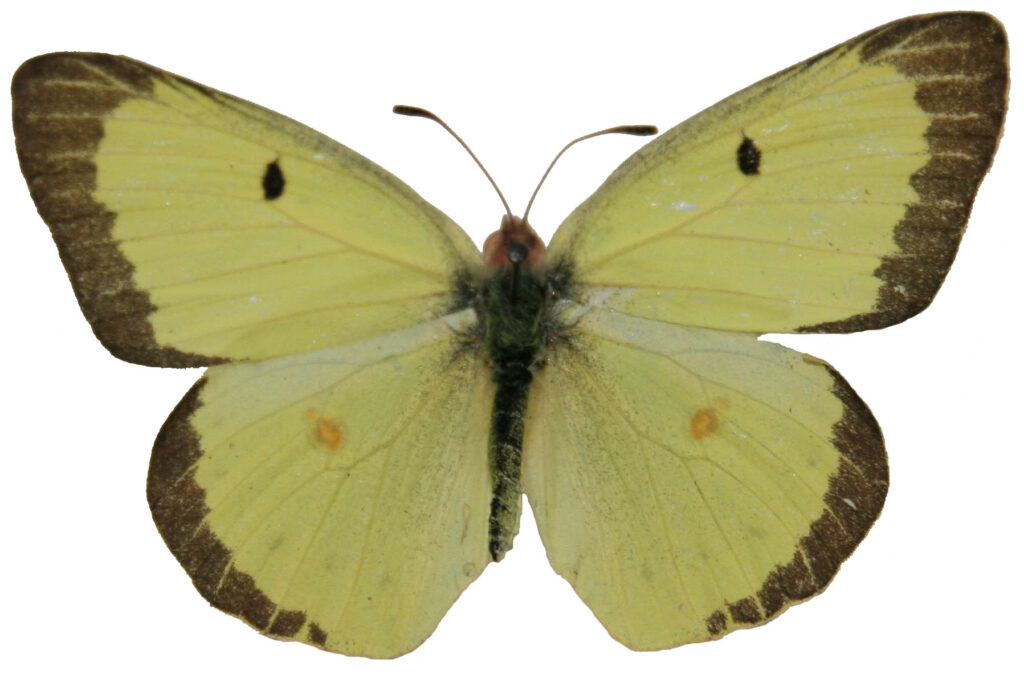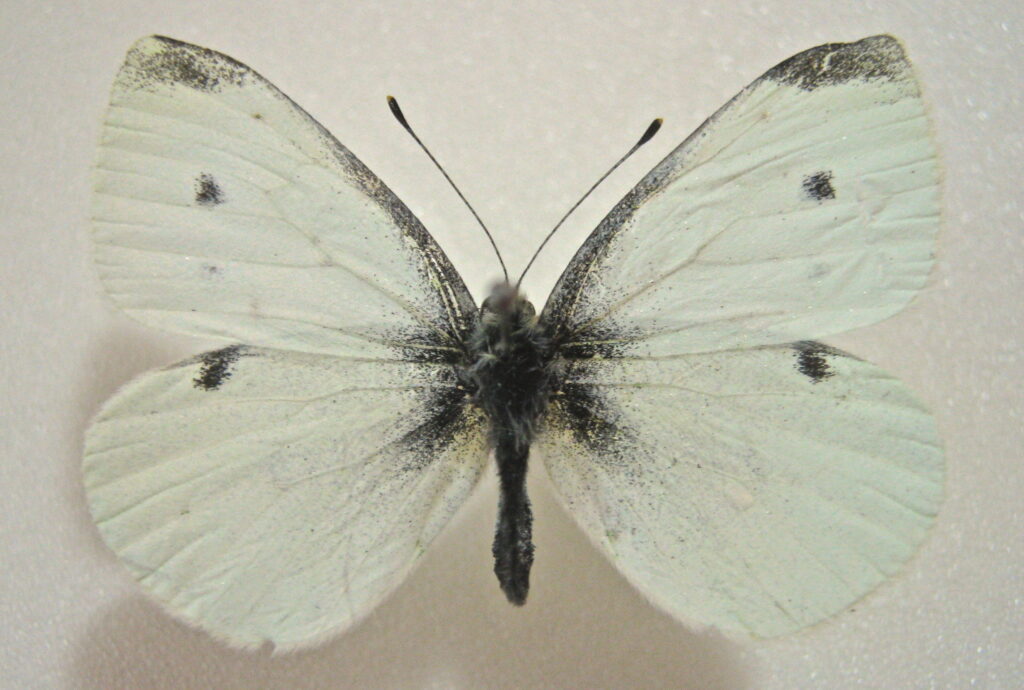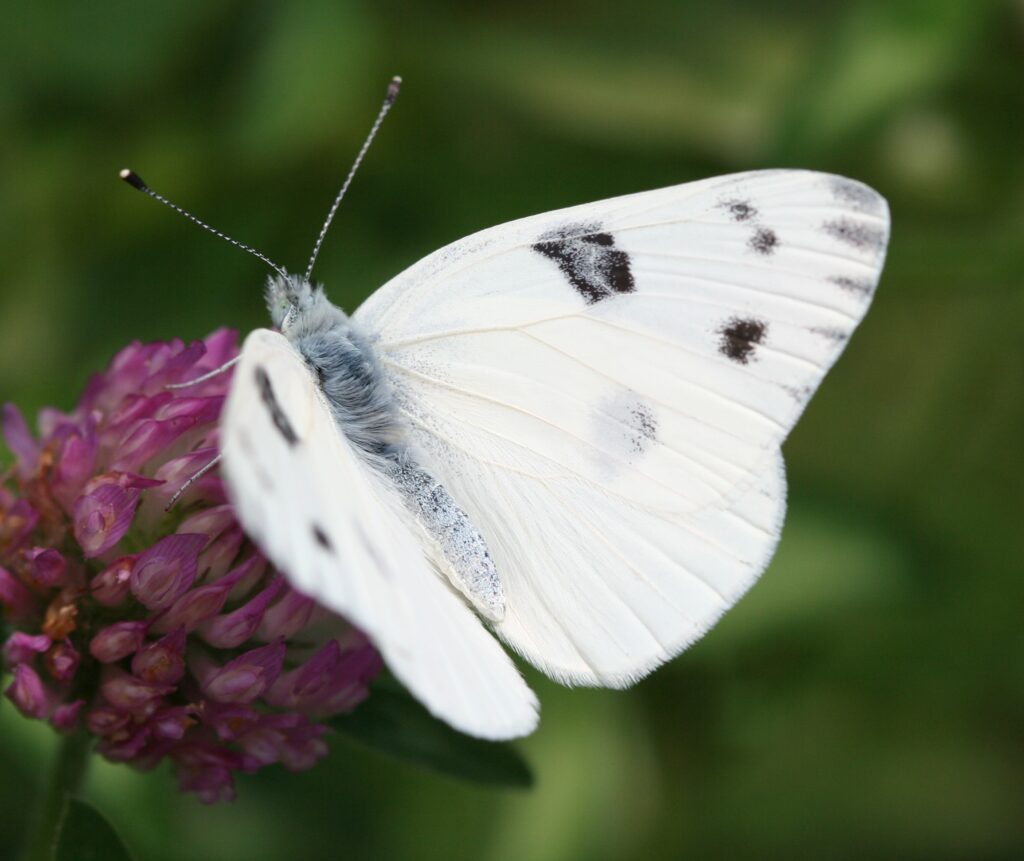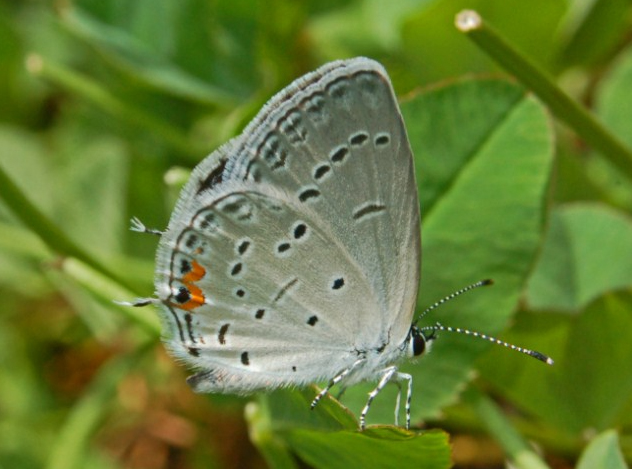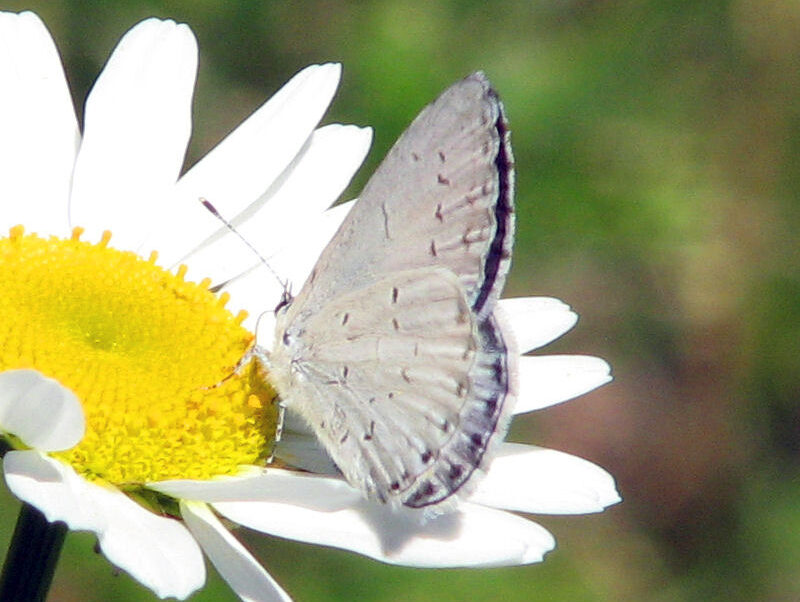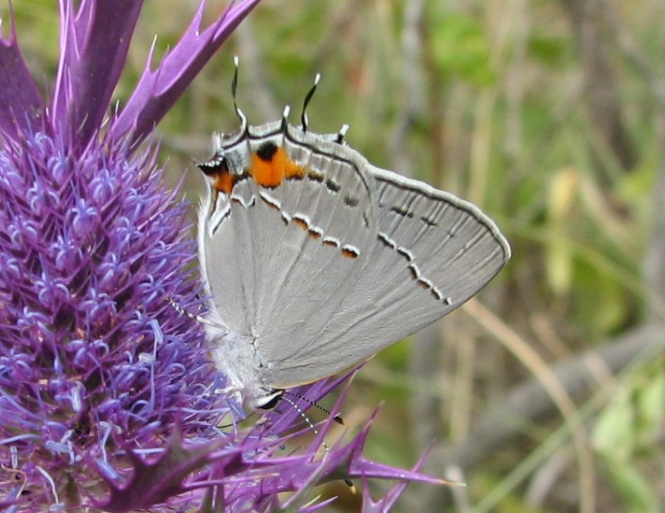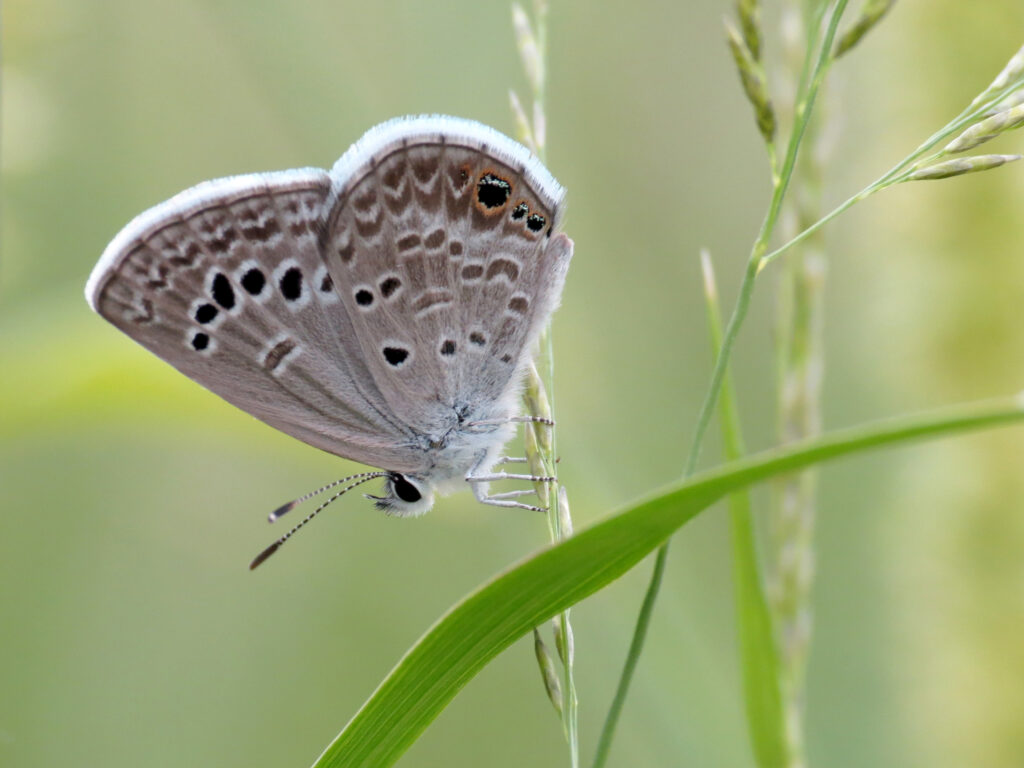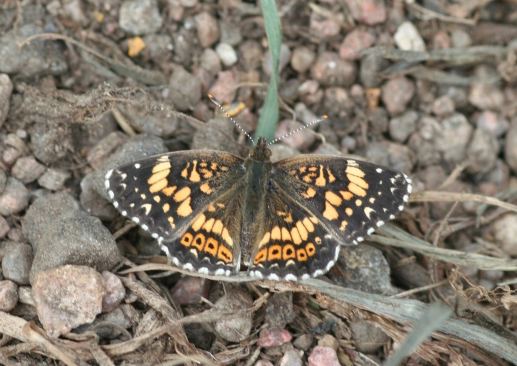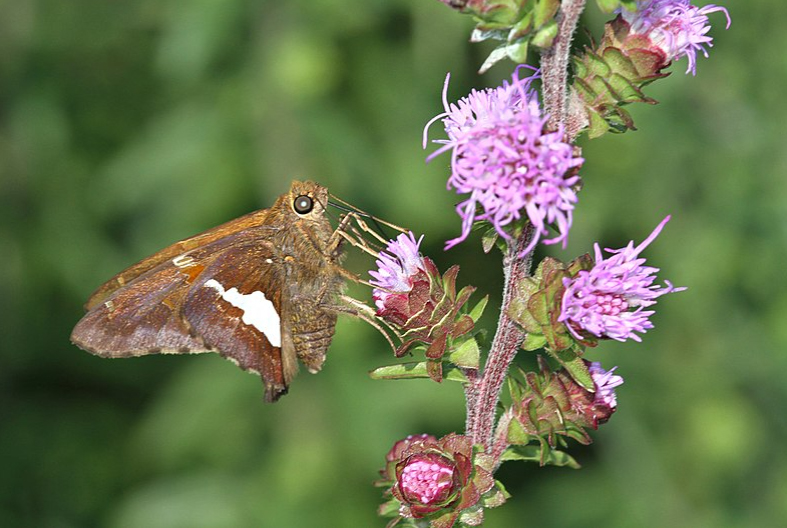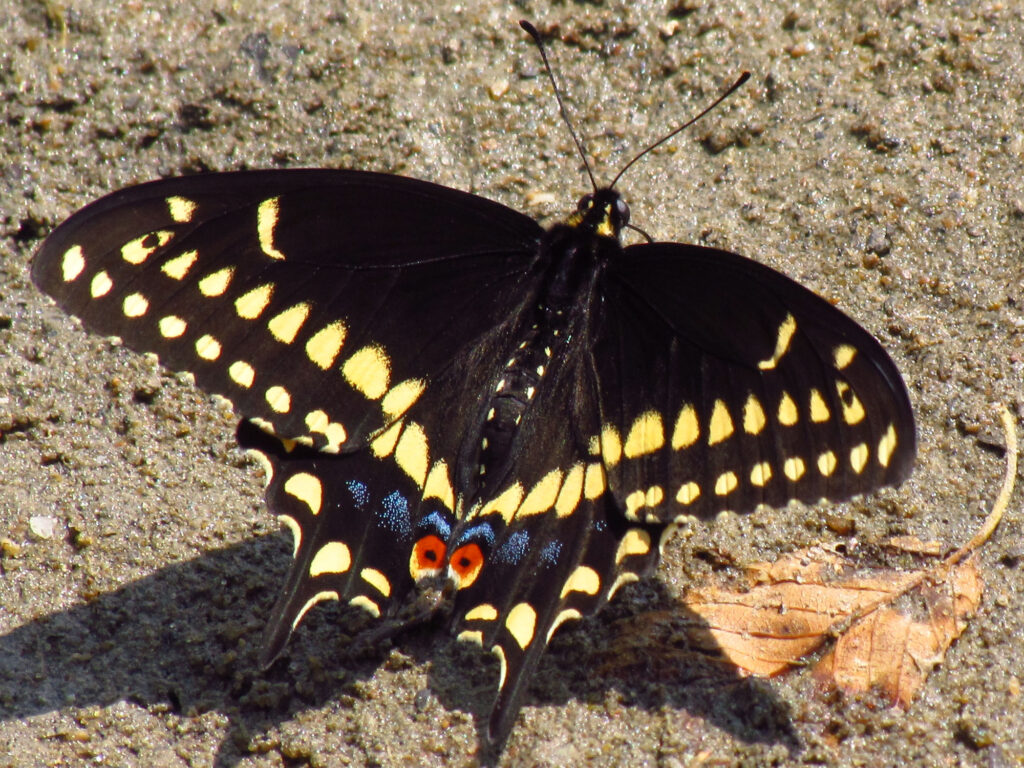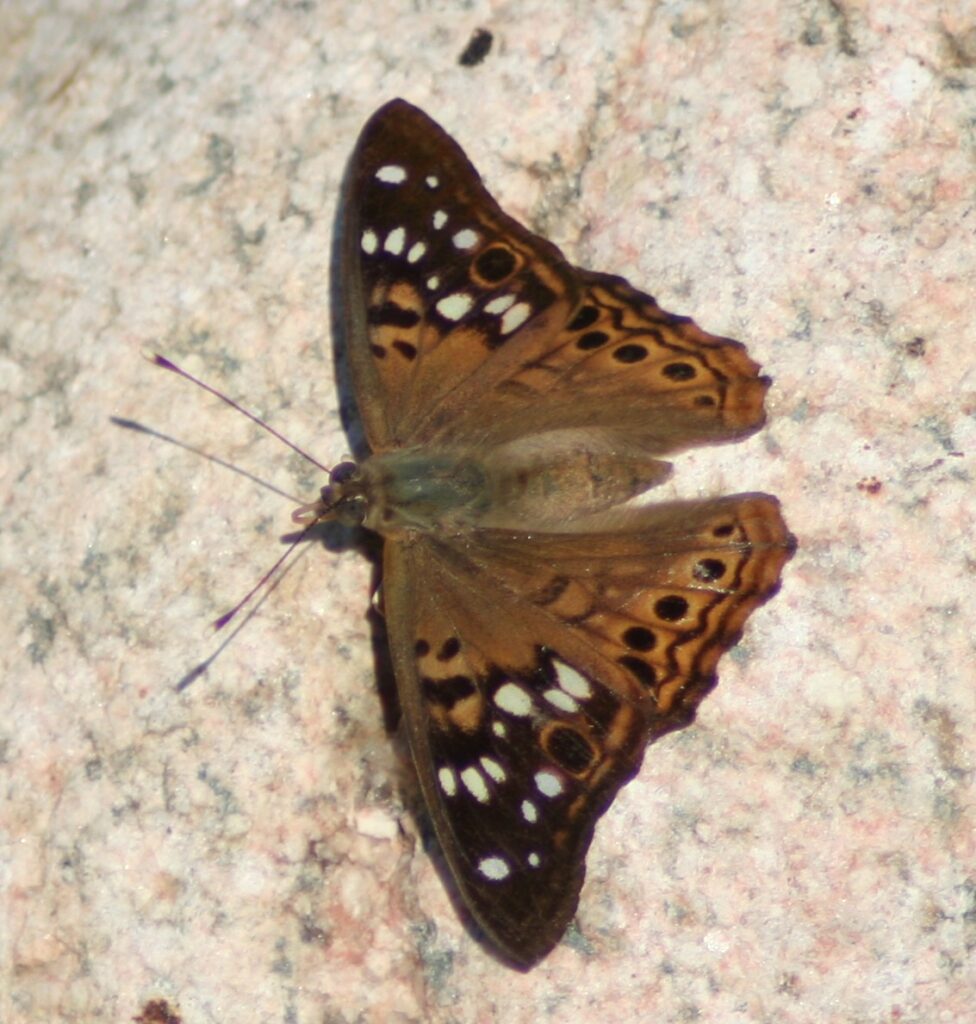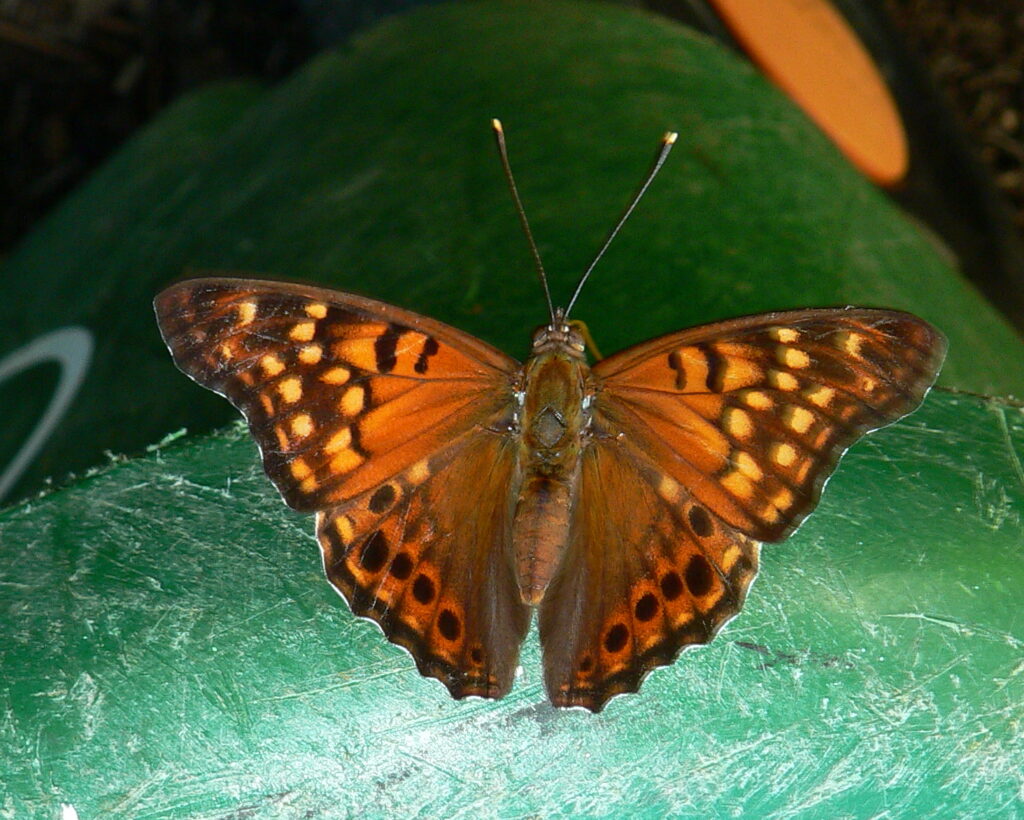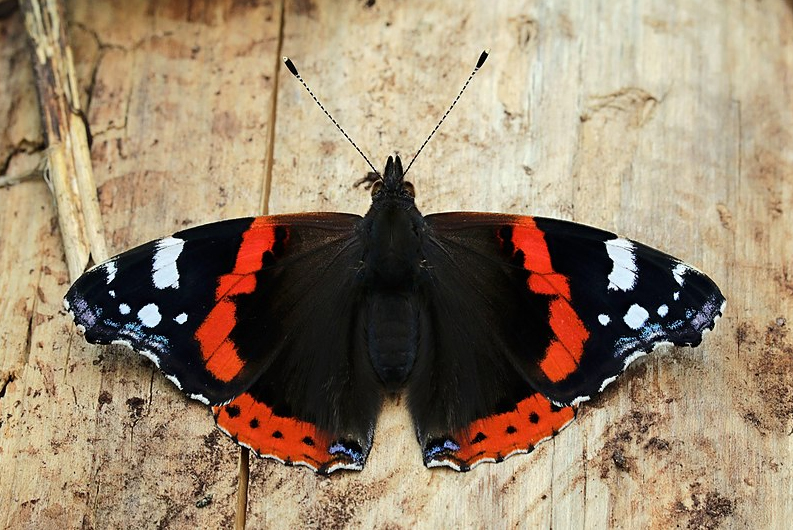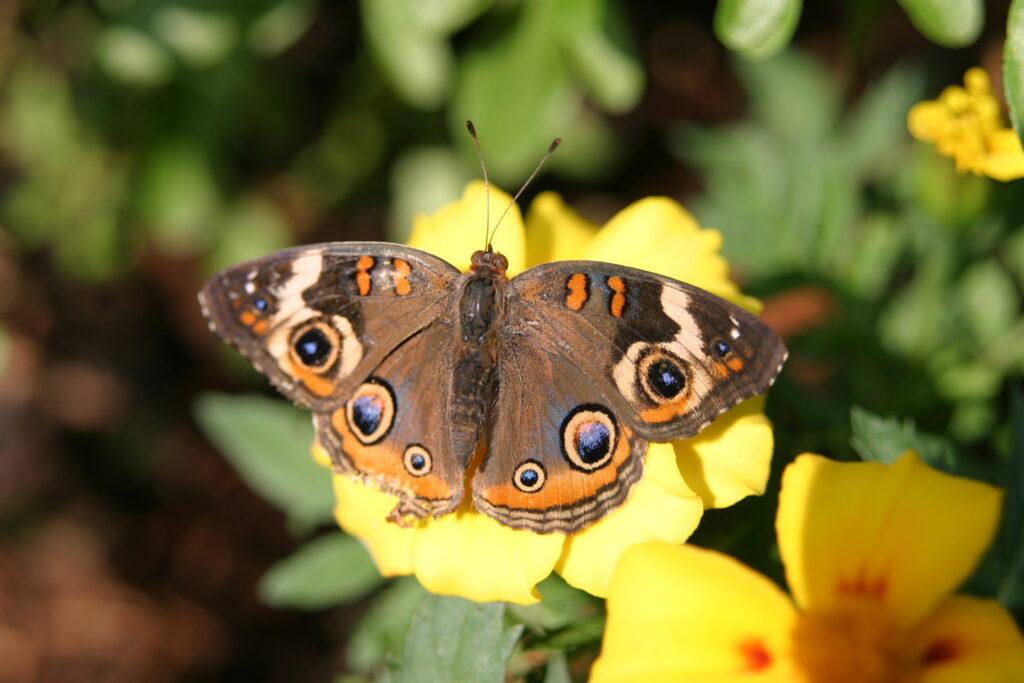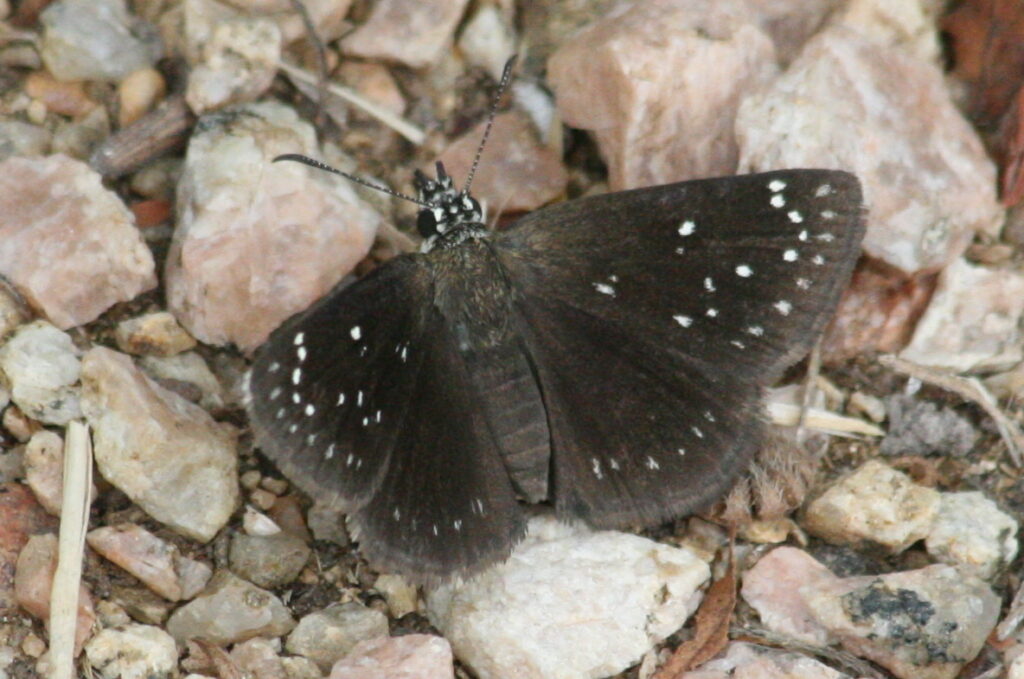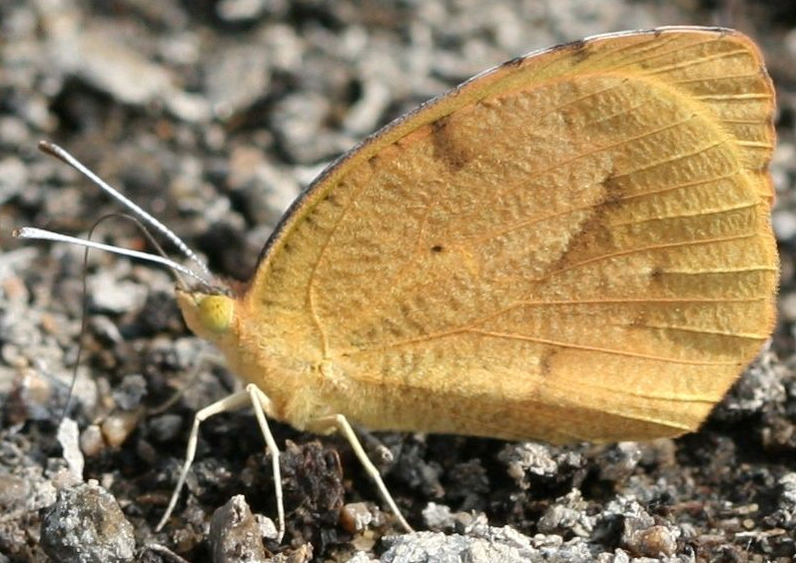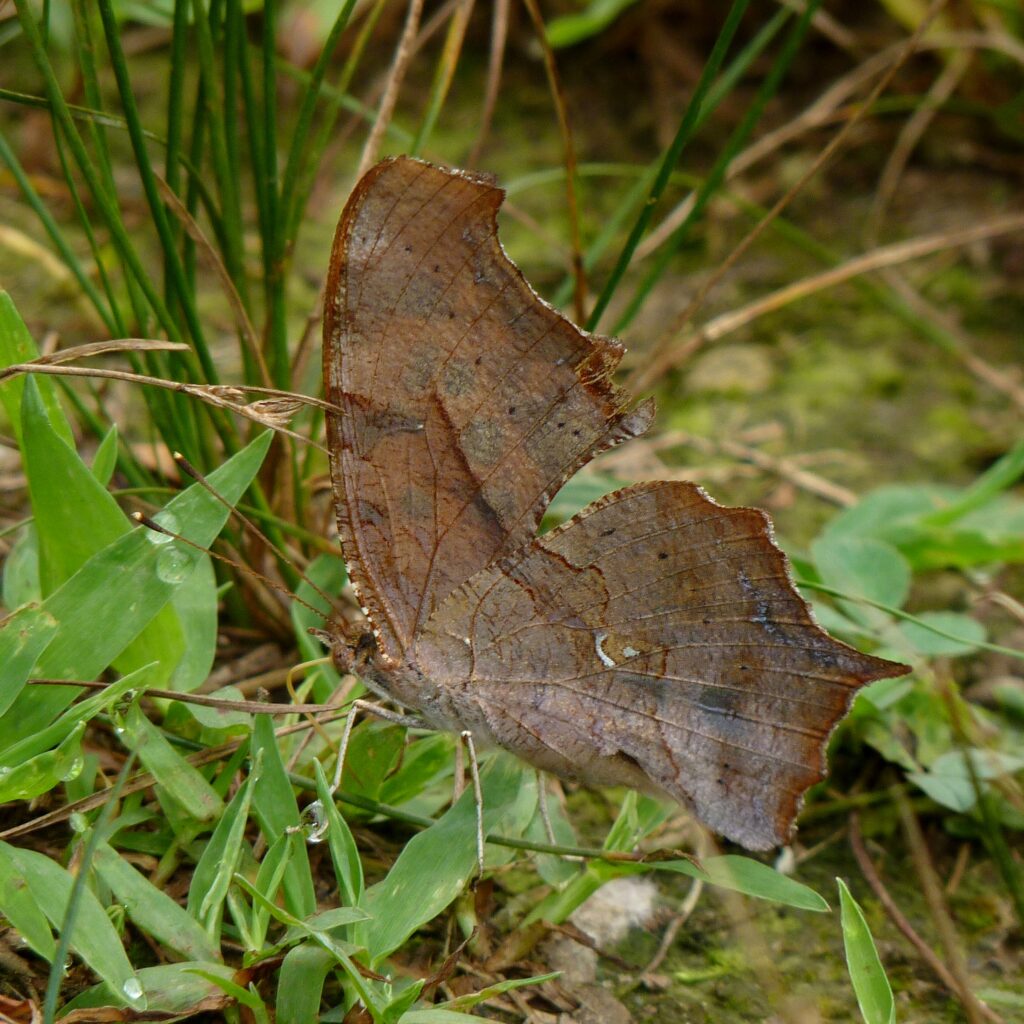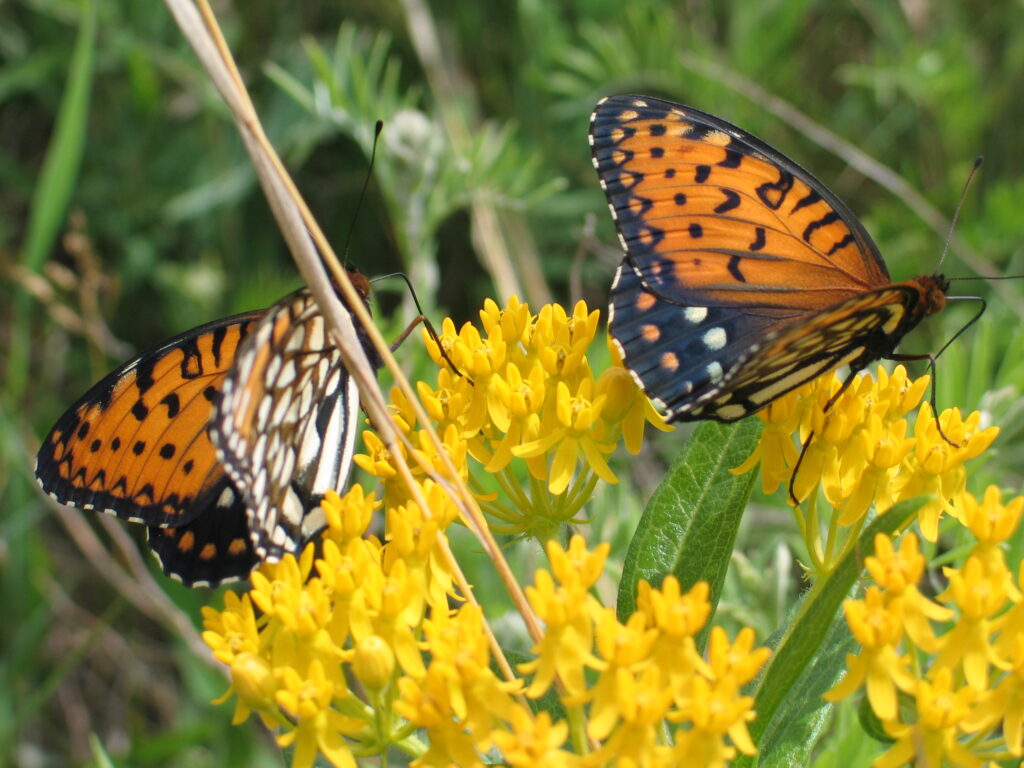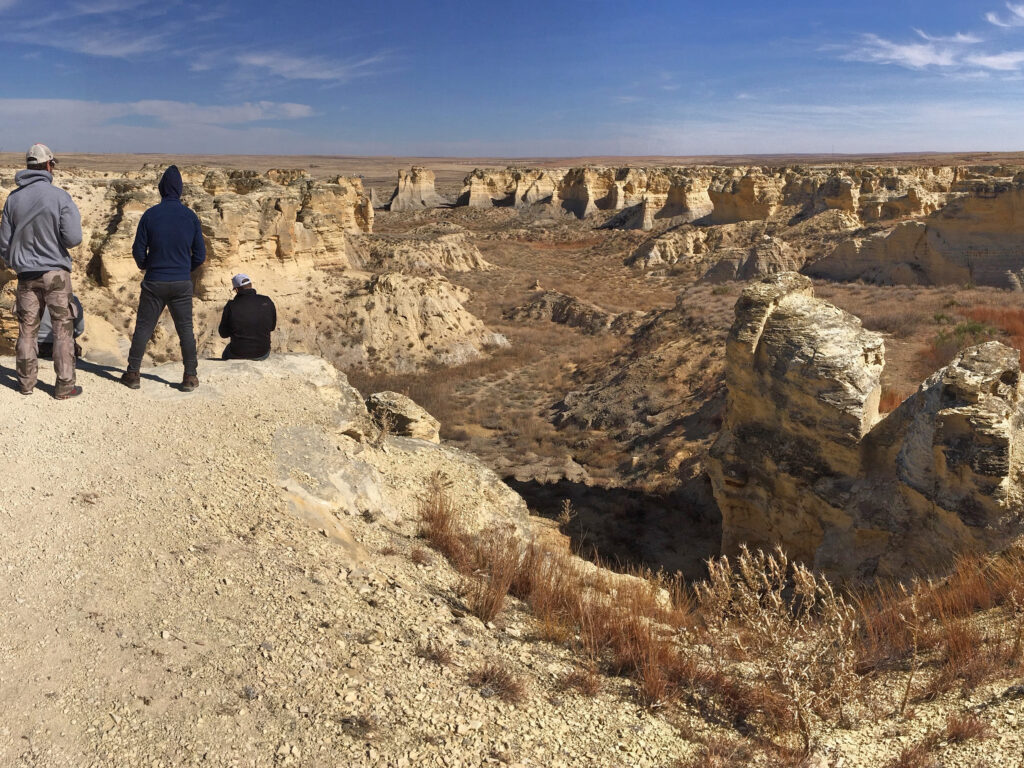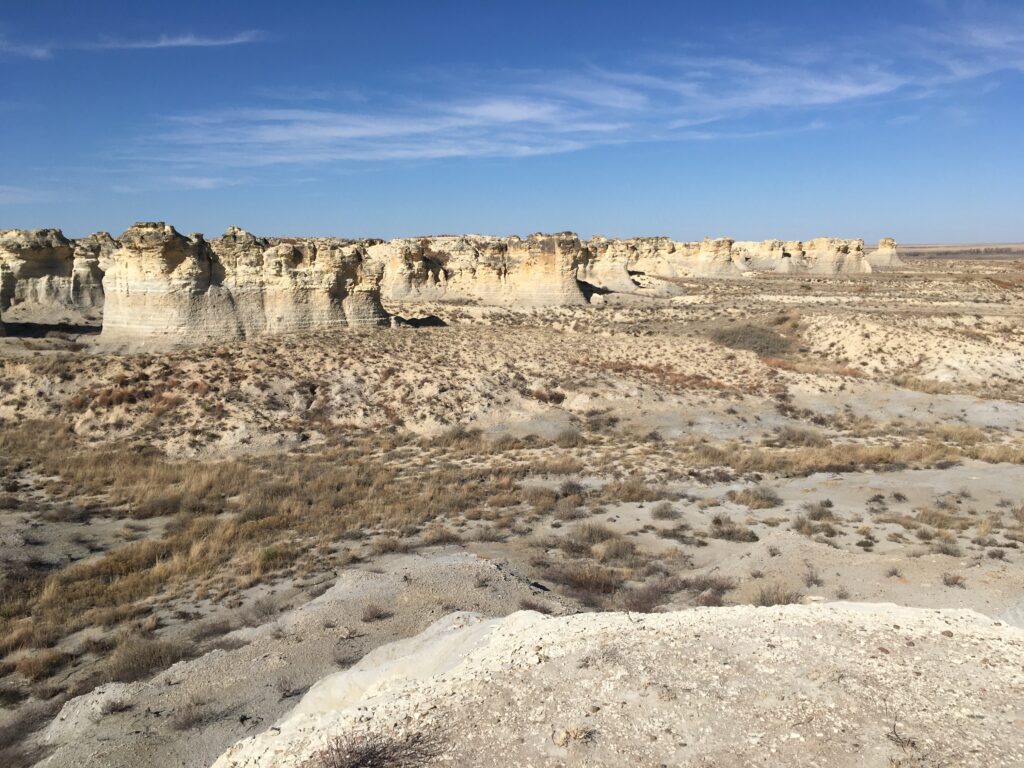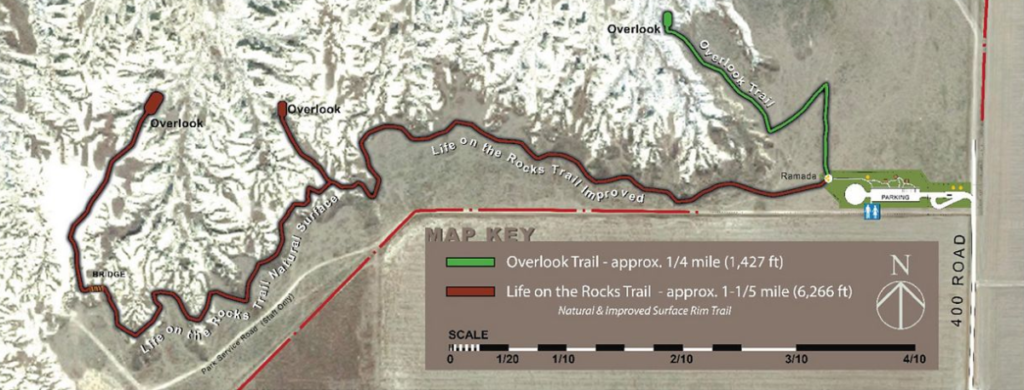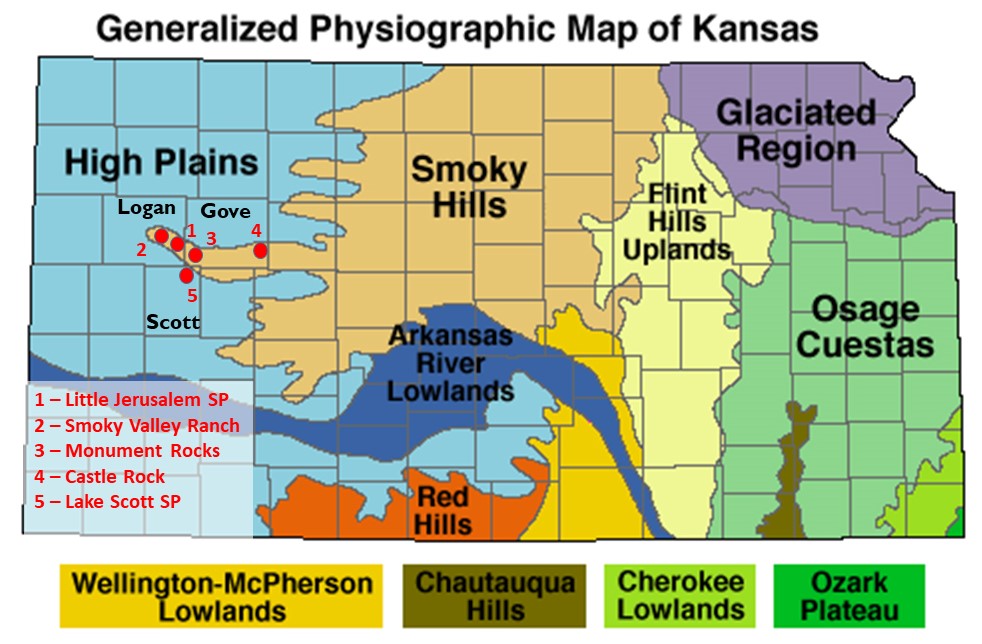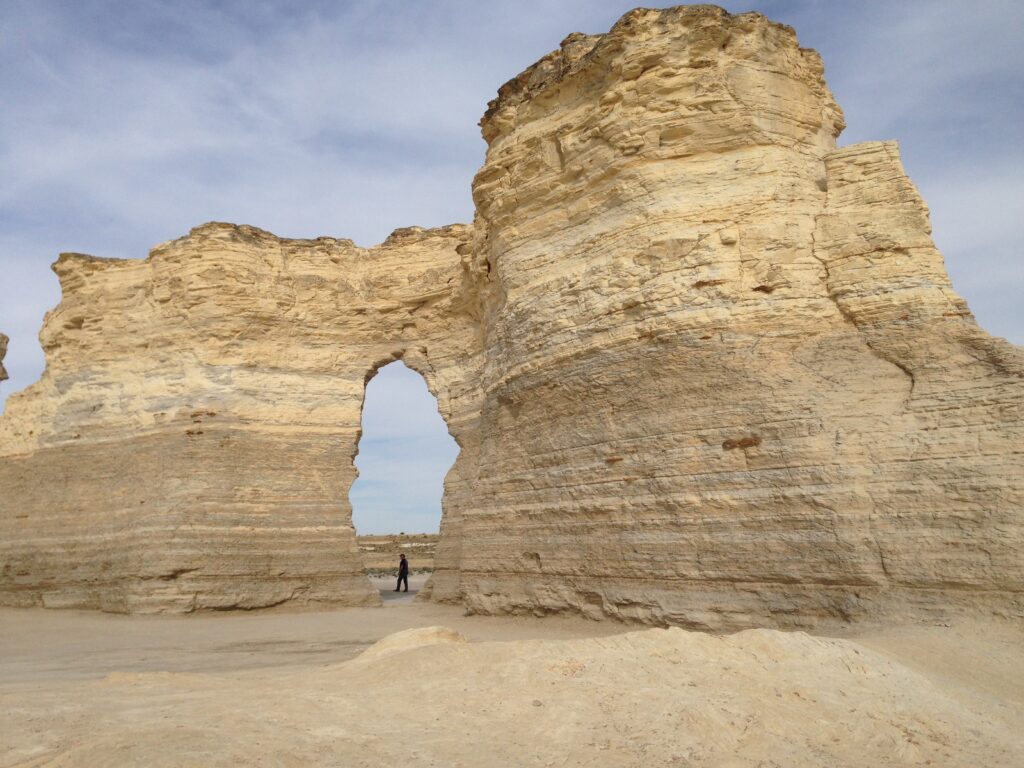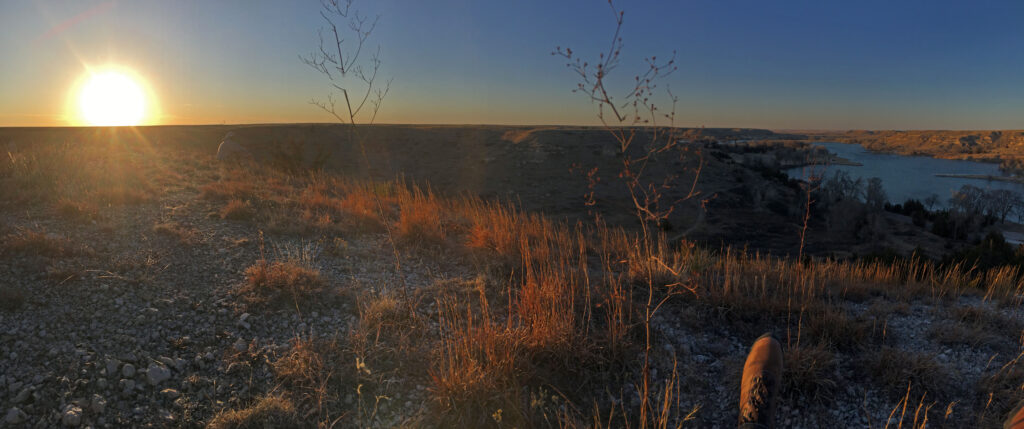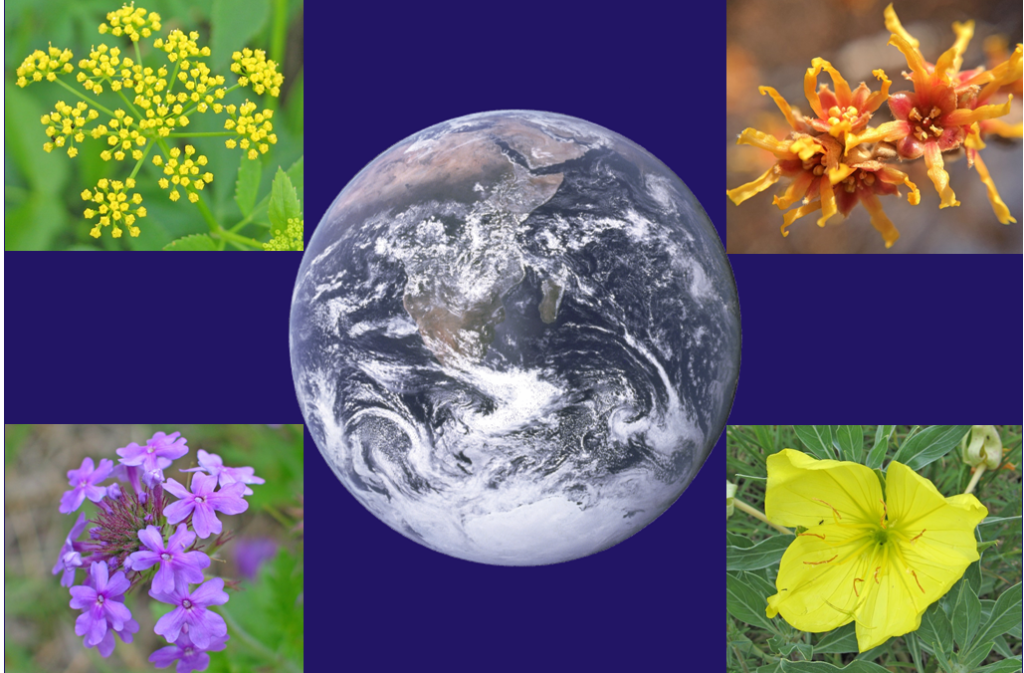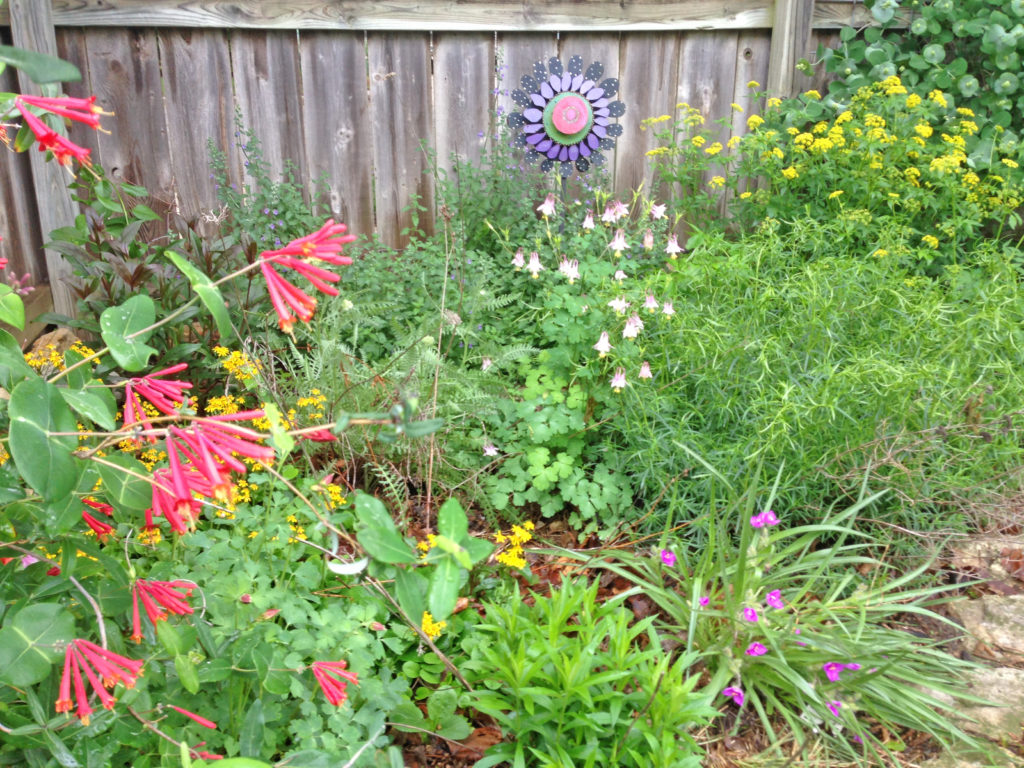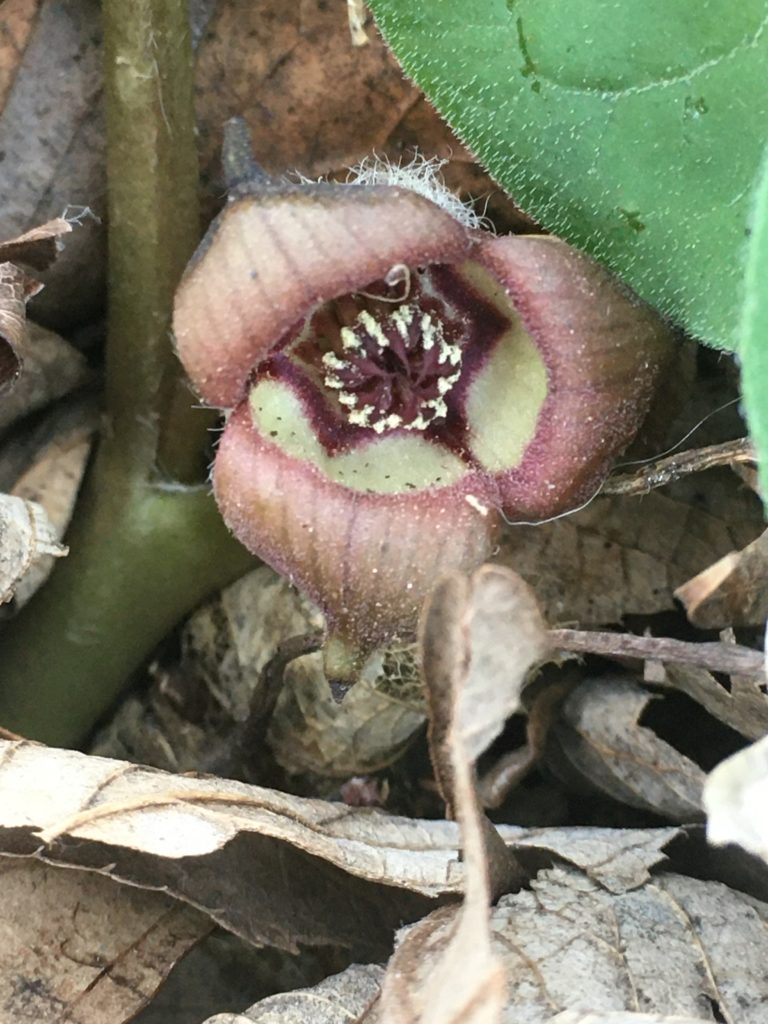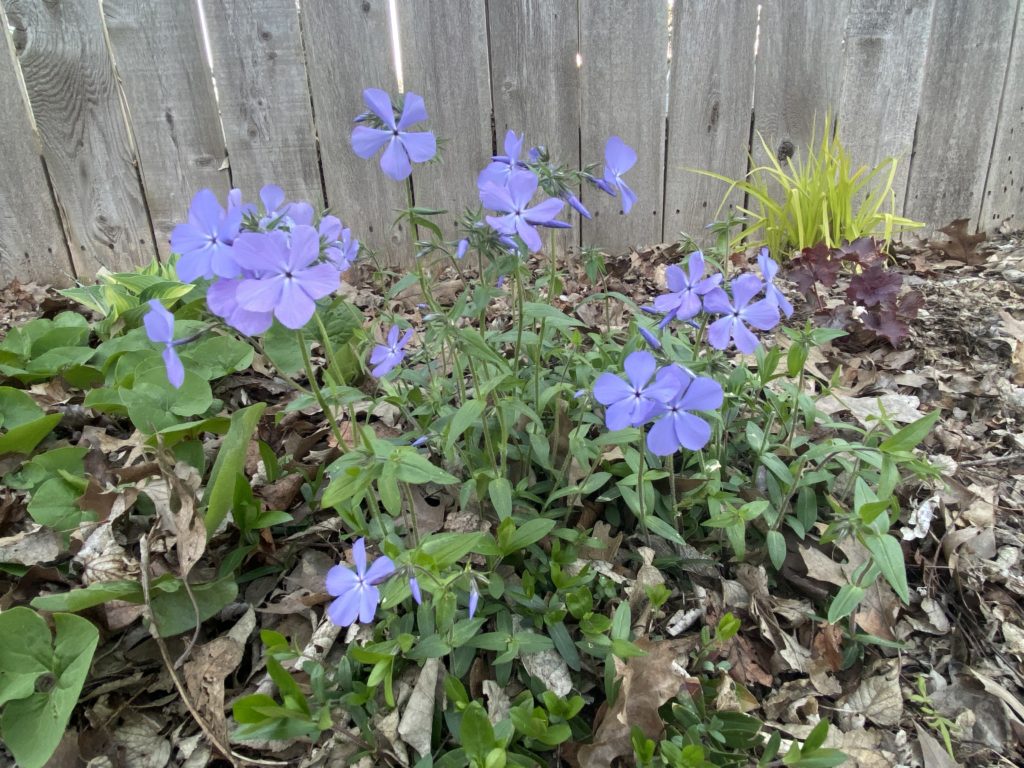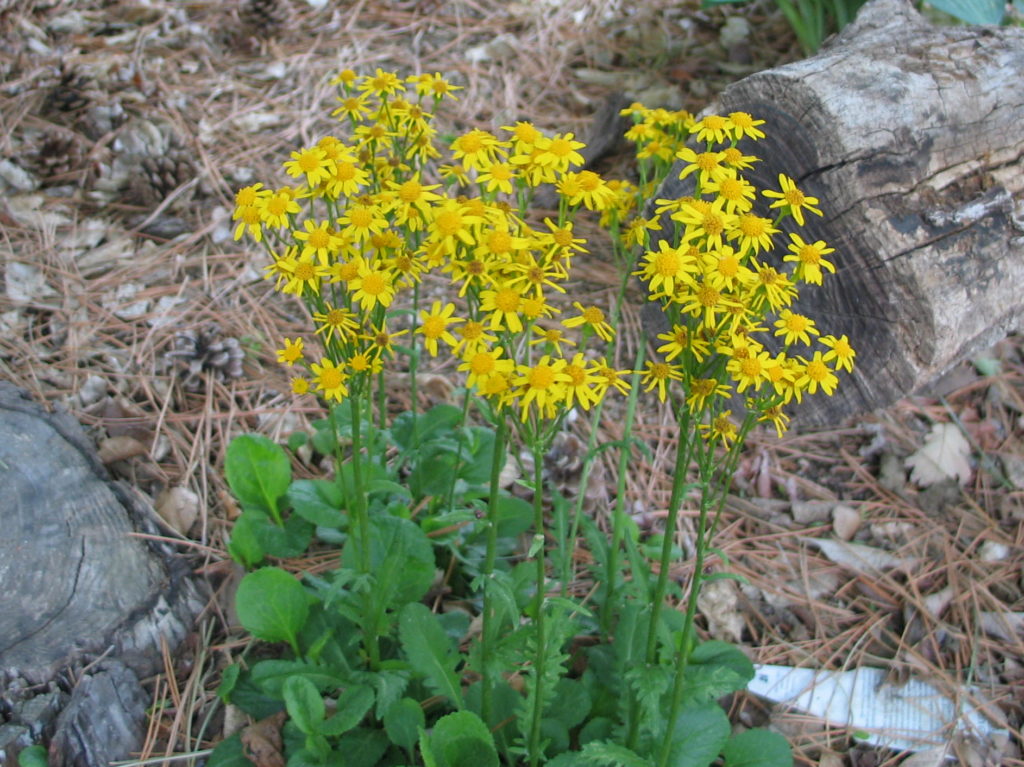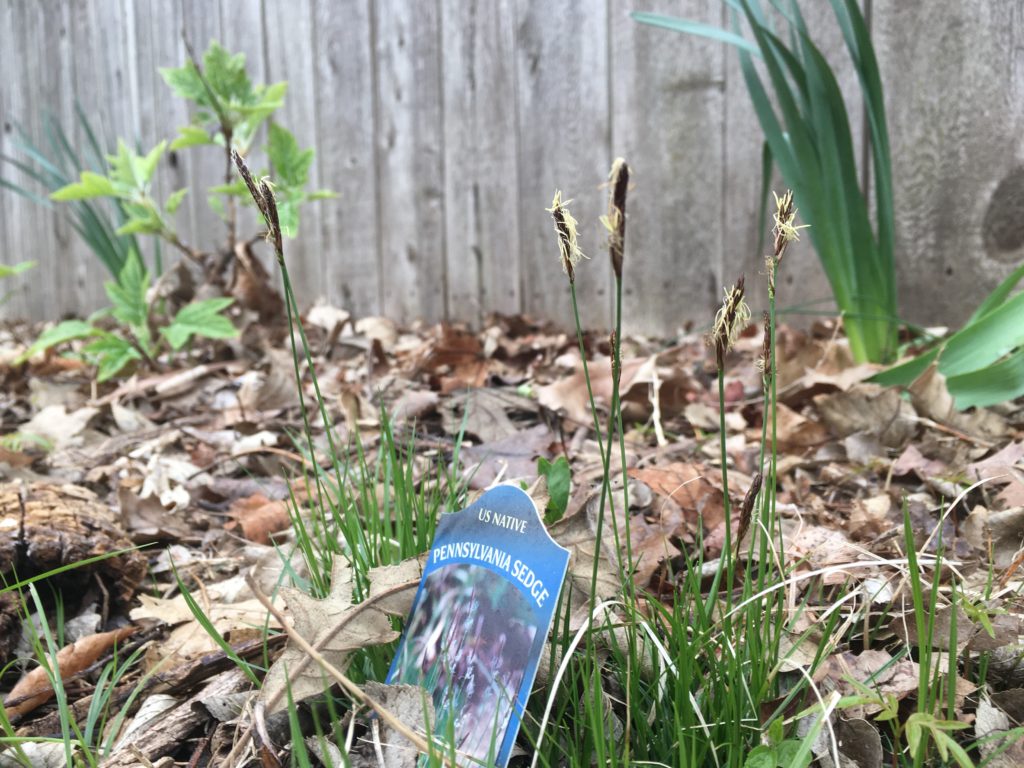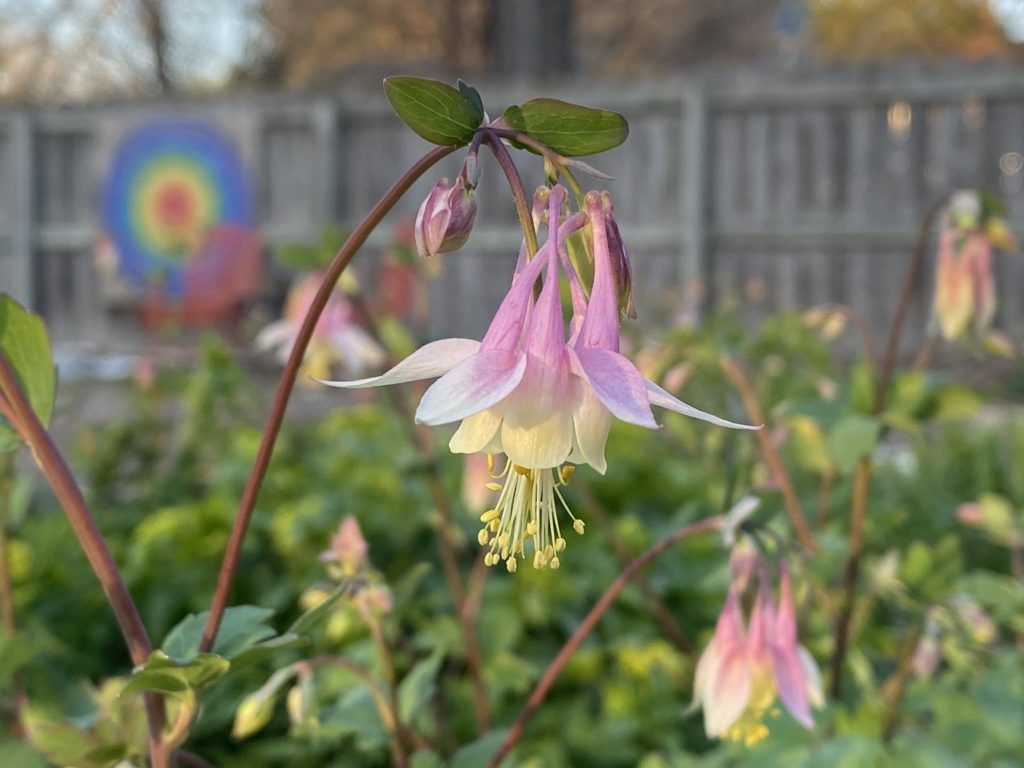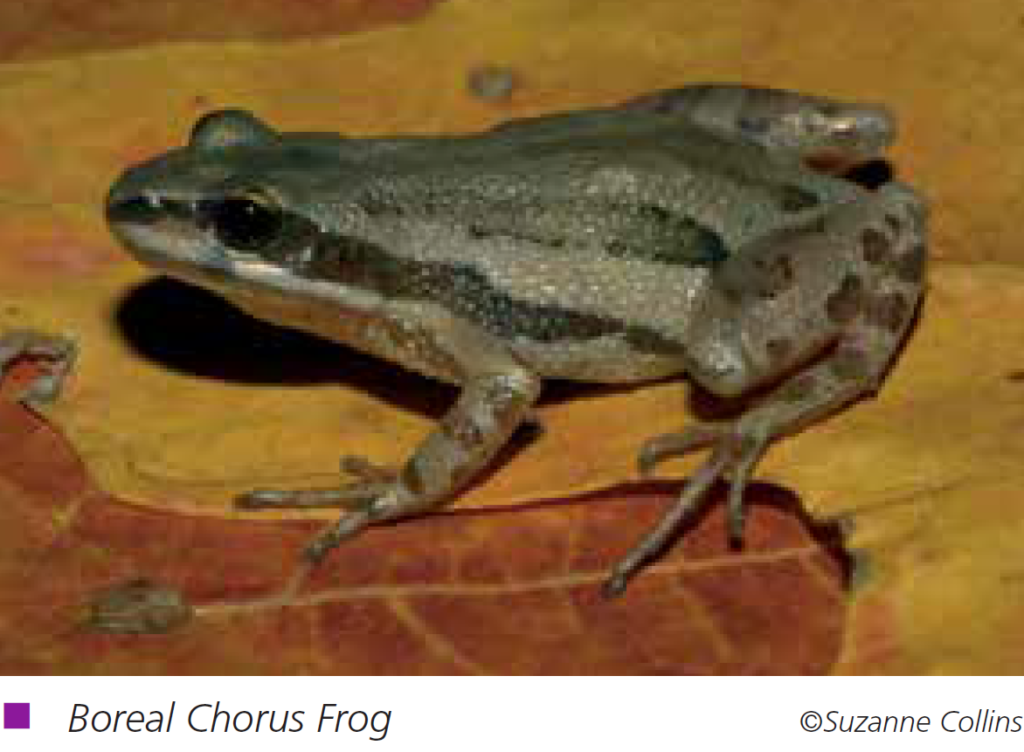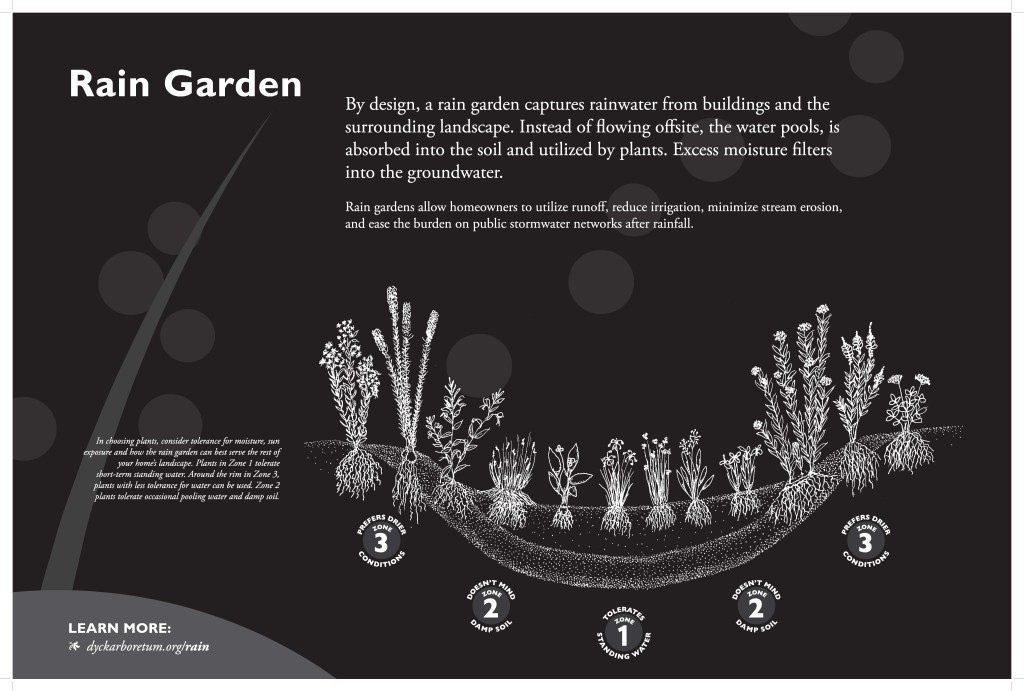I spent time this fall with a grand old burr oak near Hesston along the Middle Emma Creek in McPherson County that caught my eye a few years ago. I introduce to you the Stucky Oak.
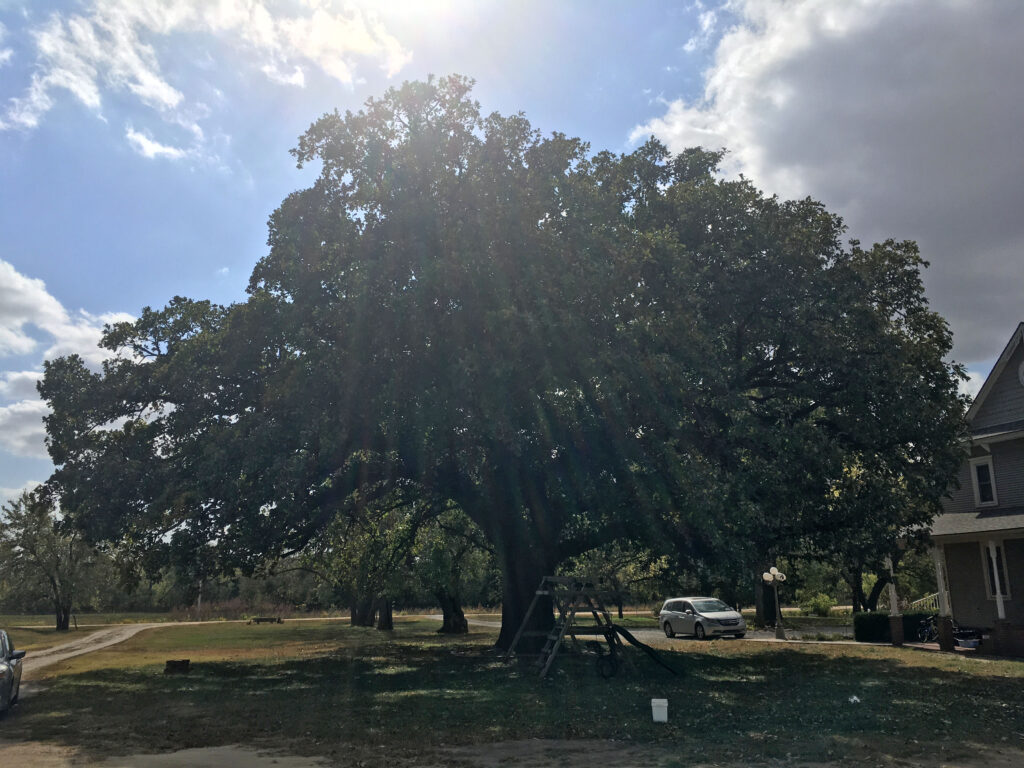
A Relic of Belonging
This tree is a stately burr oak (Quercus macrocarpa) estimated conservatively to be at least 200 years old. I find fascinating the remnants of vegetation around us that predate European settlement. Large open-grown burr oaks, like untilled prairies, are vestiges of a time shaped by climate and thousands of years of evolution.
For approximately 10,000 years since the last ice age, a warmer climate and the rain shadow effect of the Rocky Mountains have shaped the vegetation here. Plant communities existing at the location of Kansas have consisted mainly of grasslands tolerant of frequent fires initiated by lightning and Indigenous people and grazing by bison. Trees had a hard time getting established here when they were being eaten or burned to the ground every few years. Thus, prairies dominate the state of Kansas.
Oak Savannas of Eastern Kansas
As distance from the Rocky Mountains to the east increases along with average rainfall, trees more easily establish. An ecotone identified as oak savanna (prairie with scattered open-grown oaks) marks the transition from prairies of the Great Plains to the forests of the eastern states. Burr oak was the most dominant tree in this Great Plains ecotone for reasons described below. For more information about oak savannas, click HERE.
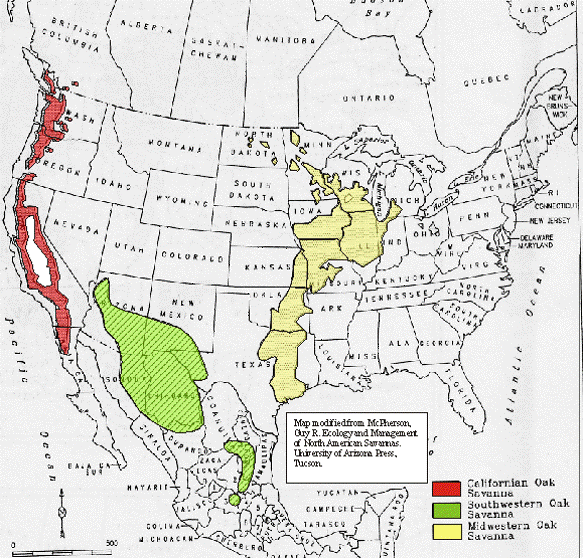
Burr oaks in the eastern portion of the Great Plains were more likely to be found along stream corridors and especially on the east and north side of streams. Here, trees could survive better in the moister, more humid micro-climates and had some protection from prairie fires typically pushed in a east and north direction by the prevailing southwesterly winds. Fires that reached these locations were less frequent and of lower intensity as they typically would be backing against the wind. The Stucky oak along with a number of other old burr oaks dot the Stucky property located in one of these refuge areas just above the east bank of the Middle Emma Creek.
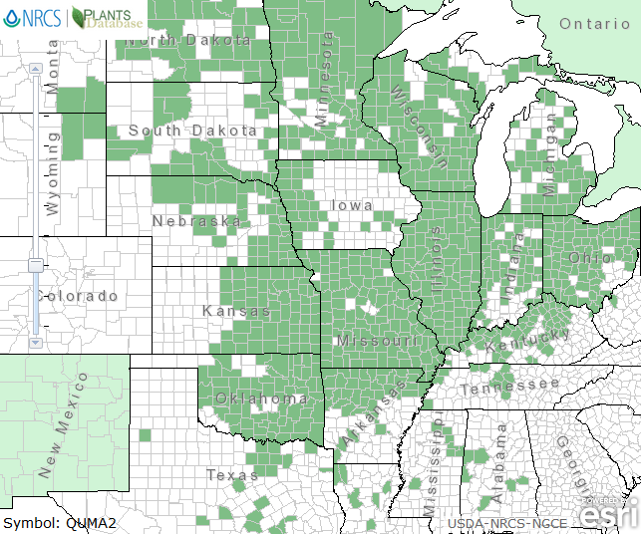
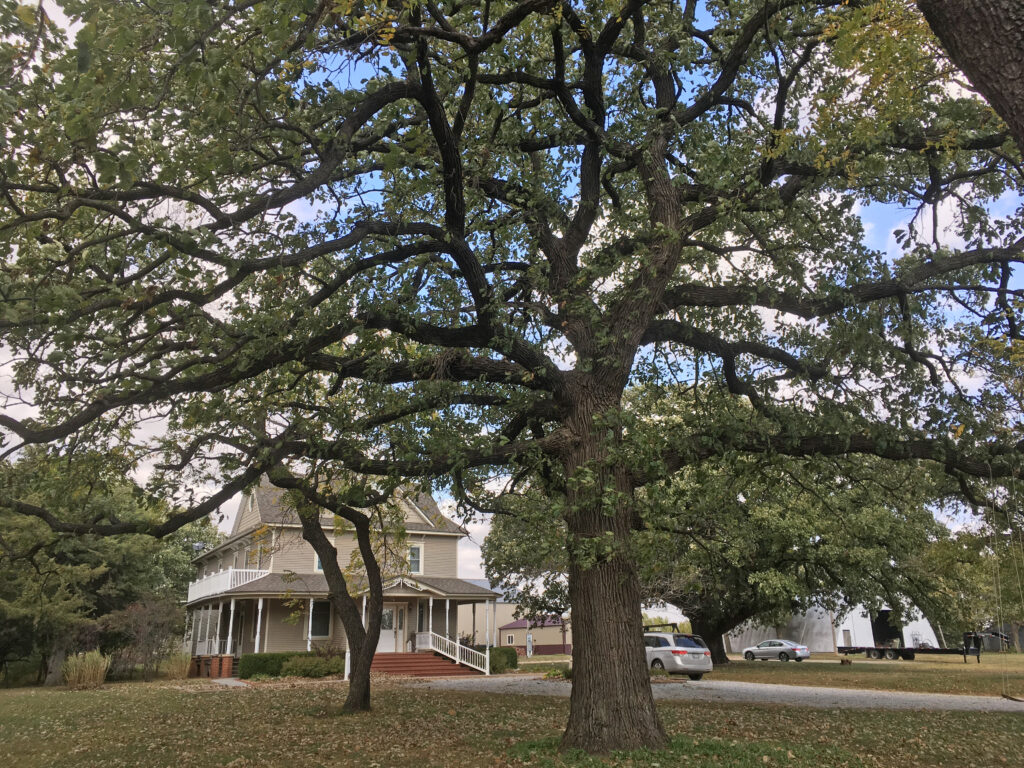
Unique Adaptations
Open-grown burr oaks growing on the prairie certainly have a different growth pattern than trees growing in a forest. Forest-grown trees have to reach vertically as they compete with other trees for sunlight. Trees growing on the prairie don’t have to compete for light and thus more efficiently orient their branches horizontally as well as vertically to maximize photosynthesis.
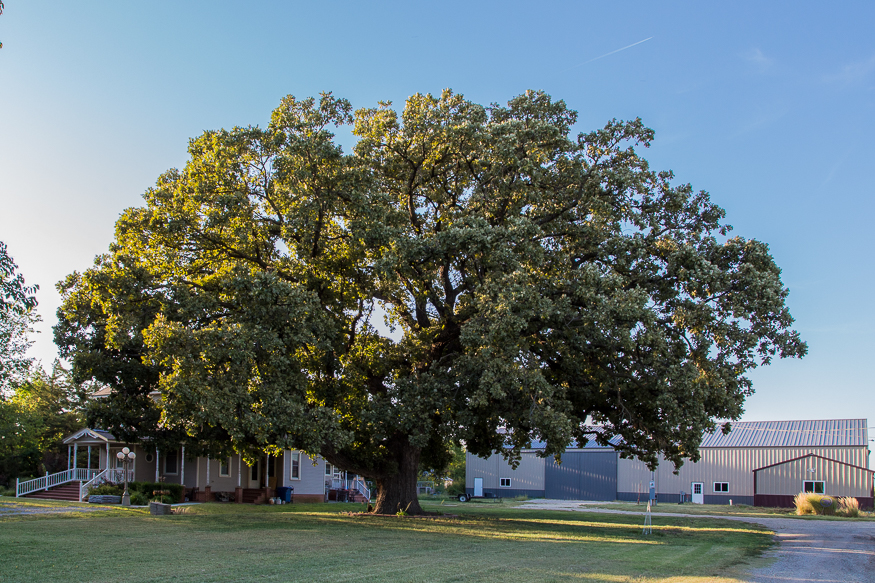
A tree with a relatively more shallow and broad canopy, will allow more light to filter through its branches to the understory below. This unusual, mottled light micro-climate under burr oaks harbors unique assemblages of plants not specifically found in either prairies or forests. For more on the makeup of these rare plant communities, click HERE.
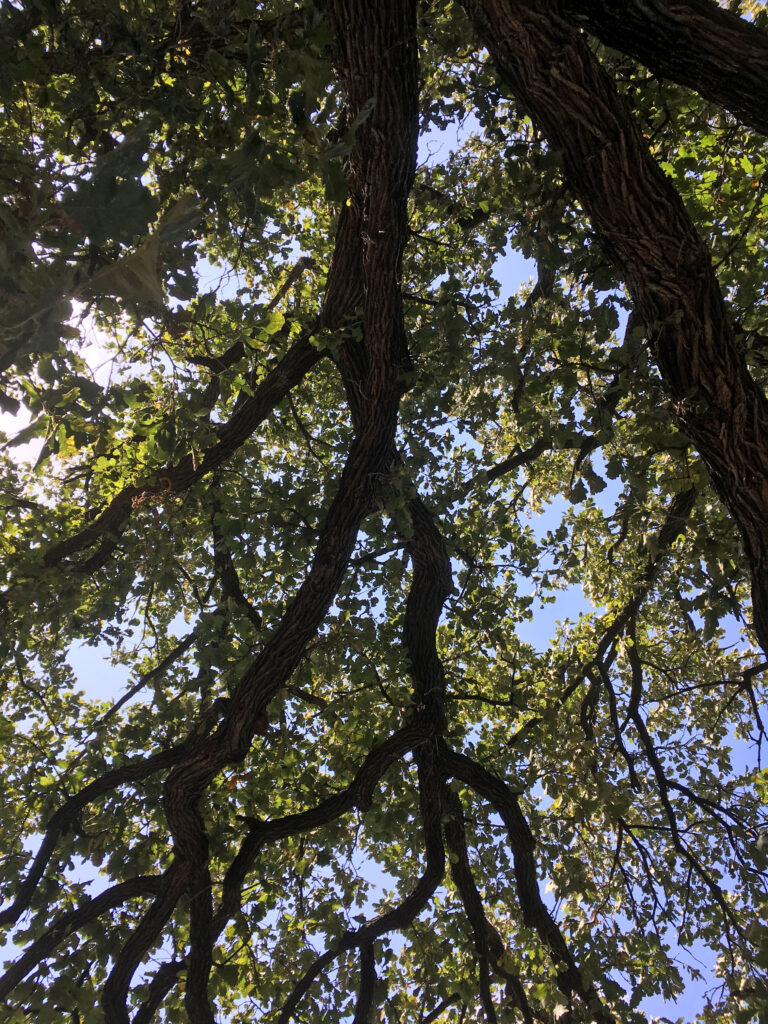
Fallen burr oak leaves are large, thick, rigid, curled, and irregularly shaped which keeps them aloft, and dry in the litter layer. In the spring, this persistent fuel easily burns and carries fire. Fires under burr oaks are hot enough to kill competing tree species that might invade its space, but not as hot as a grassland fire carrying more intense heat that could kill the burr oak.

The thick, corky bark of a burr oak helps protect the cambium layer from the intense heat that could kill the tree. This trait develops on the trunk and branches of burr oak after about 10 years of growth and helps the tree survive repeated burning. For more on the biological and ecological traits of burr oaks and oak savannas, click HERE.
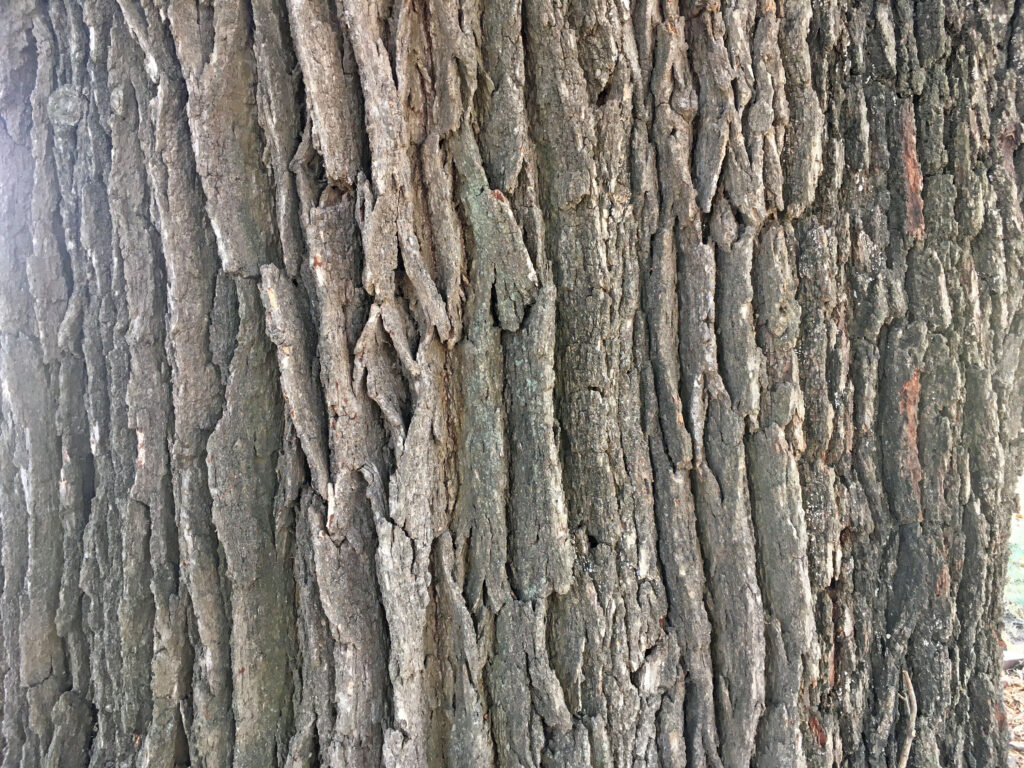
Not Quite a State Champion
In 2019, I heard a presentation at the Kansas Native Plant Society Annual Meeting about the Champion Trees of Kansas Program. I’ve been curious how the Stucky Oak would stack up against the biggest trees in Kansas and recently got permission to take some measurements. Trees in the Program have a calculated point total based on the following formula: POINTS = trunk circumference in inches + height in feet + crown spread/4 in feet.
As you can see from the following table, the Stucky Oak fell short of the champion in St. George (near Manhattan) in total points. However, with a similar trunk circumference (diameter comparison is 5.6′ vs 6.5′) and larger canopy spread, the Stucky oak is only hurt in this scoring by its shorter stature. Take into consideration that a tree east of Manhattan has benefitted from more rainfall over its life and grown faster than the Stucky Oak. When doing so, it is not inconceivable to think that the Stucky Oak may indeed be an older tree.

A Sense of Place
For most houses we know, the choices of vegetation for landscaping are chosen by the people tending the home. The Stucky house location, I am guessing, was chosen because of the vegetation that already existed.
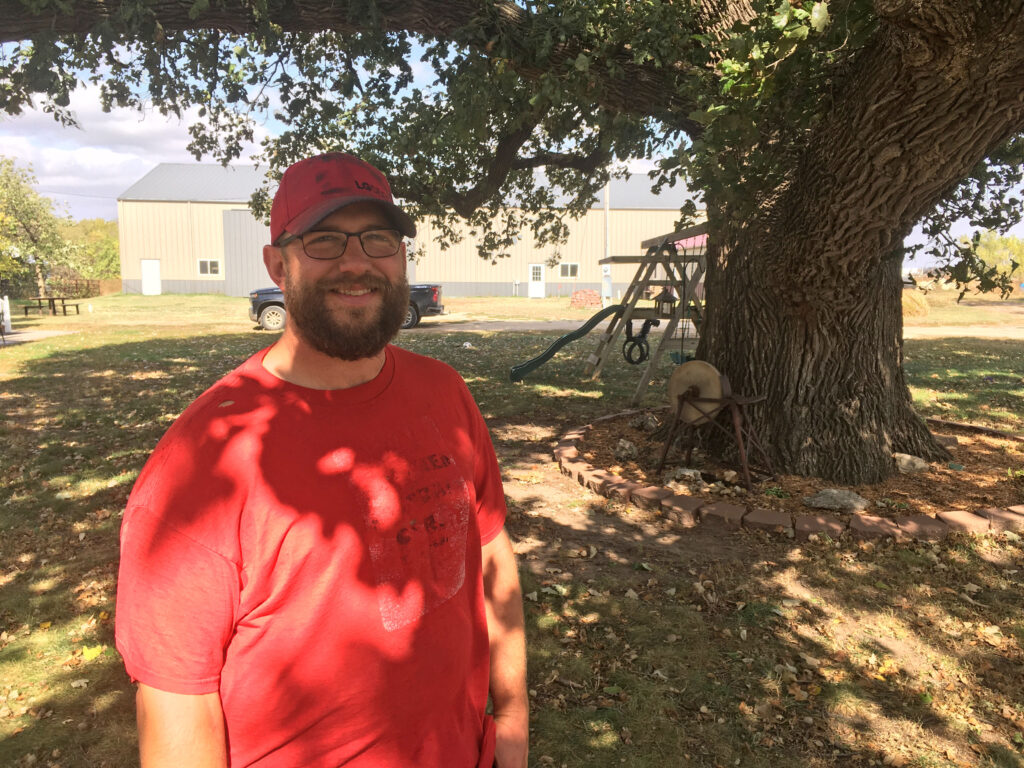
Matt Stucky is the third generation in his family that has lived in this house that has enjoyed this location and made memories here. He’s a farmer and land steward and when talking with him, you immediately sense the affinity he has for this tree. You can tell that he enjoys the thought that his kids swing under the shade of this oak and throw acorns at each other the way he did as a kid and the way his dad probably did too.

Matt fondly told me the story of an elderly couple from Oklahoma that stopped by some years ago to say they got married in their 20s under the giant oak in his yard. They were descendants of the original Classen Mennonite family that settled in the area in 1874. The couple showed Matt an old photo of the occasion. The tree in the photo looked basically the same as it does now. The couple returned many summers thereafter to sit in the shade of the oak for an afternoon.
History Transcending to the Future
The thought of natural phenomena that transcend generations of people and time move me. Whether it is seeing the same constellations in the skies above known to earth’s life forms since the beginning of time, stewarding prairies that have provided sustenance to residents of the Great Plains for thousands of years before me, or paying homage to an old tree known by families of Indigenous as well as European cultures, I find such things to be very powerful.
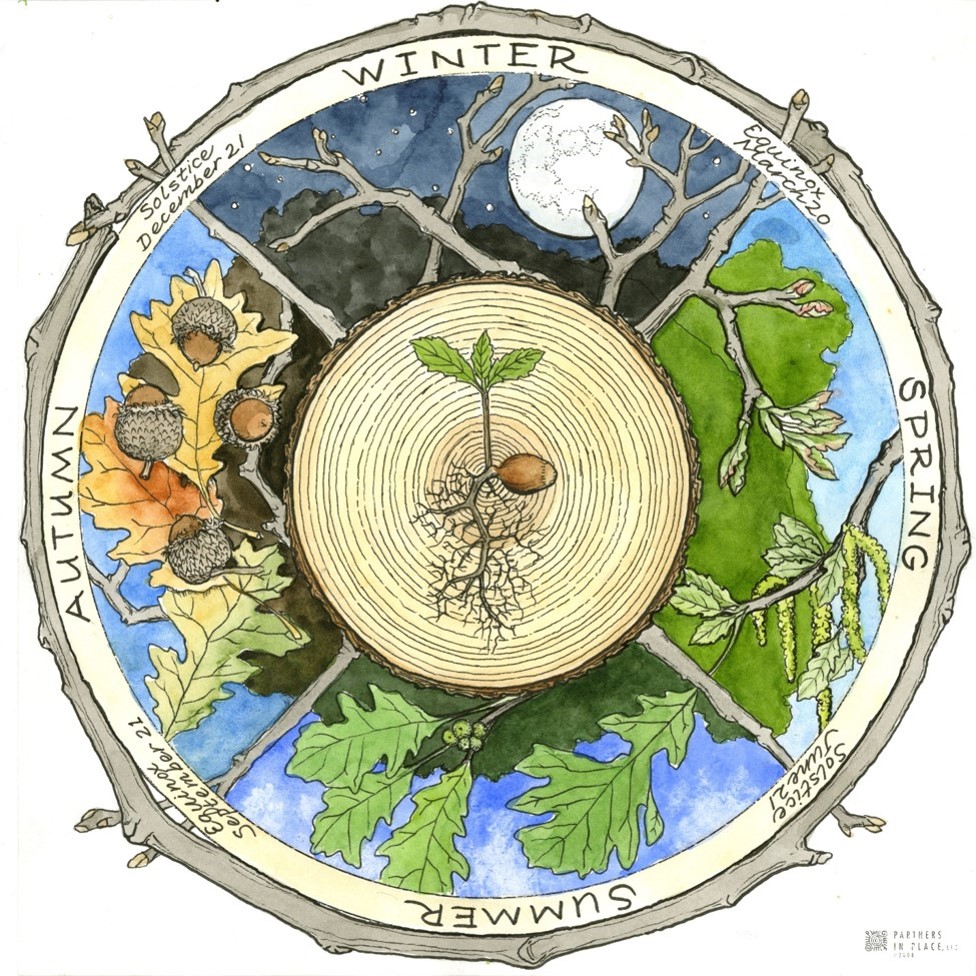
Equally as powerful for me is our responsibility to carry these stories forward. I challenge you to make a connection to stories related to the nightly traverse of Orion across the winter night sky, how a bison kill for the Quivira Indians of Kansas was like a visit to the grocery and hardware stores today, and how an oak can enhance the biodiversity of your home landscape. Embrace these connections and pass them along to the next generation.
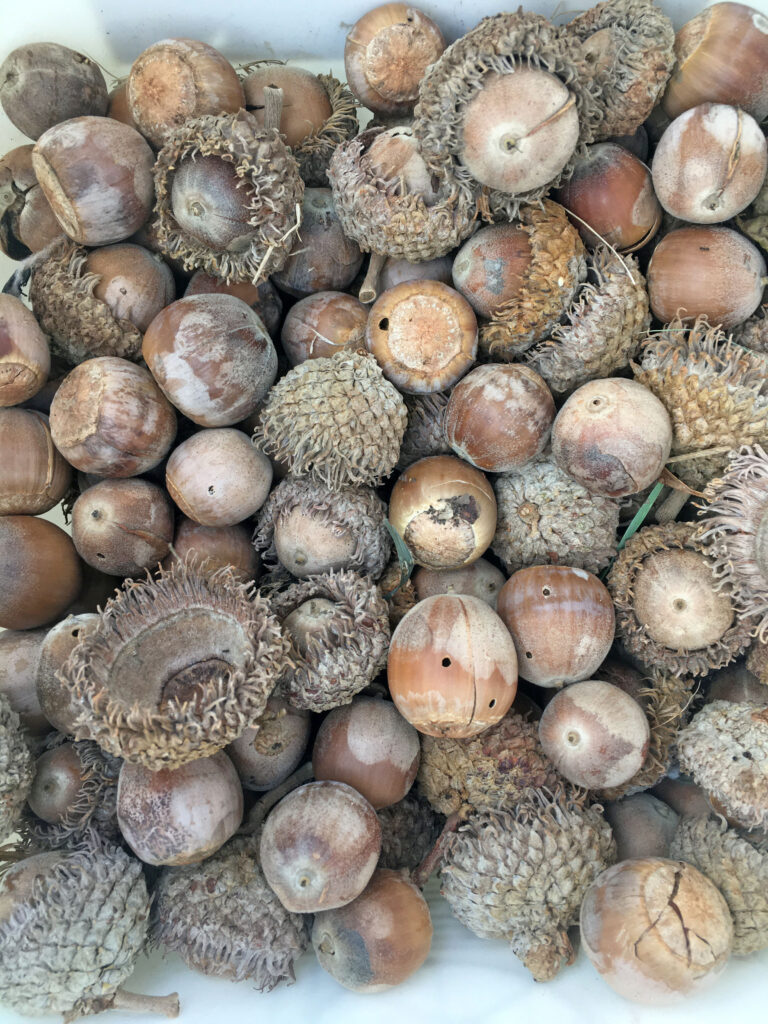
With this spirit in mind, my friend, Lorna Harder, and I collected acorns from the Stucky Oak and hope to raise burr oak progeny. We would like to share these young trees with teachers who participate in our Earth Partnership for Schools Program and members who attend our plant sales.
The quote from Caecilius Statius, 220-168 B.C. goes “We plant trees not for ourselves, but for the future generations.” I think you know now what species I would choose.
“This oak tree and me, we’re made of the same stuff.”
― Carl Sagan



